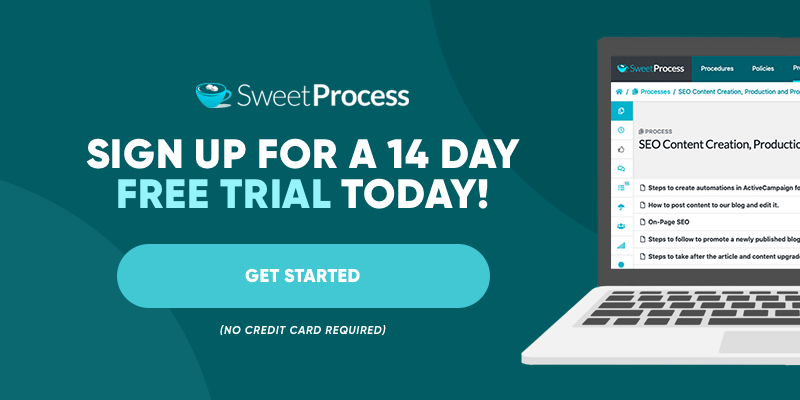Last Updated on January 13, 2025 by Owen McGab Enaohwo
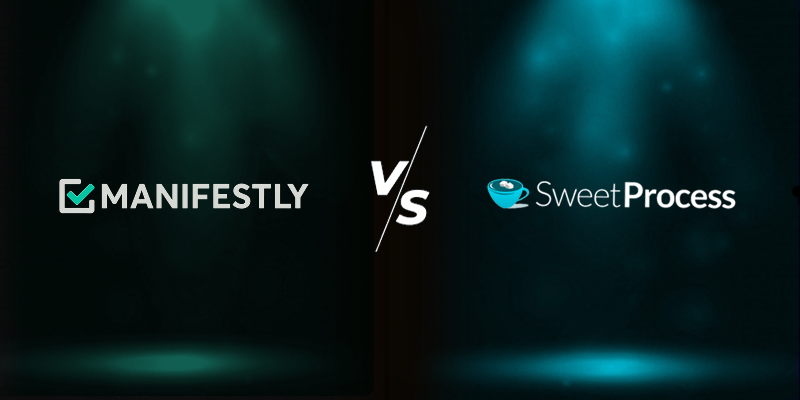
Table of Contents
What Is Sweetprocess and Who Is It For?
What Is Manifestly and Who Is It For?
Manifestly vs. SweetProcess: Features at a Glance
SweetProcess vs. Manifestly: Pricing
Manifestly vs. SweetProcess: a Head-to-Head Comparison
- Manifestly vs. SweetProcess: For Process Management
- Manifestly vs. SweetProcess: For Documenting Procedures
- Manifestly vs. SweetProcess: For Task Management
Manifestly and SweetProcess: Which Software Should You Pick?
Introduction
Business operations need adequate documentation to thrive. Proper documentation helps people access all the information they need, thus helping their businesses run smoothly and raise productivity levels.
Relying on basic productivity tools like Microsoft Word and Google Docs is an inefficient approach to documentation because they were not primarily built for that purpose. That’s why smart businesses often invest in tools that help document tasks effectively.
There are tons of software on the market for documenting standard operating procedures, processes, and policies. However, not all of them perform these tasks effectively.
In this guide, you’ll learn about two of the leading tools for SOP documentation: Manifestly and SweetProcess. Our main objective for this head-to-head comparison is to help you choose the best documentation tool for streamlining your business.
So make yourself comfortable as you go in for a ride.
If you want to explore one of the best tools for documenting procedures, then you can sign up for SweetProcess’s 14-day FREE trial.
What Is SweetProcess and Who Is It For?
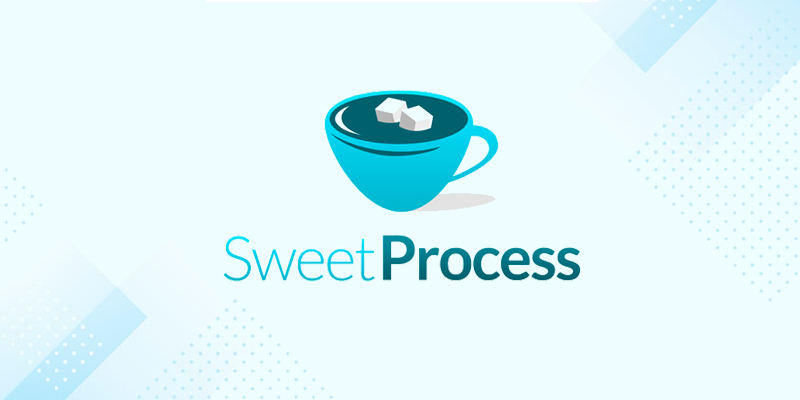
Wouldn’t it be fantastic if you could effortlessly assign tasks, create workflows, and document essential procedures, processes, and policies? That’s exactly what SweetProcess brings to the table.
SweetProcess provides tools that help you work effectively on your business. It is widely used across many industries. Community schools, financial advising firms, managed services providers, residential home service companies, coaching and leadership development organizations, and digital marketing companies are some of the clients and happy customers we currently serve.
Other companies relying on SweetProcess for effective business process management are scattered in industries such as technology, food companies, building construction, maritime, real estate, and hospitality. These companies have experienced tremendous growth since they joined the SweetProcess family.
For example, Sarah Brenner, the director of quality assurance at Belvidere Community Unit School District 100 described how SweetProcess caused a paradigm shift in her organization’s operations.
Part of her mandate was to make information easily accessible to stakeholders, especially the parents and guardians of the students. For that to happen, the organization needed a system that allowed the effective creation, storage, and distribution of standard operating procedures (SOPs).
In her quest to streamline the operations at Belvidere School District, Sarah chose SweetProcess because “SweetProcess made the most sense to work with based on some of the functionality and the everyday work that we do.”
SweetProcess drives you toward your goal and ensures you have a hitch-free journey. Although documenting all your processes will take a little extra time if you’re just starting out, doing it with SweetProcess makes the entire process worthwhile. If you want to see how SweetProcess works, you can claim your 14-day free trial here.
SweetProcess Core Functions
SweetProcess stands out among other process management tools helping businesses streamline and optimize their processes. With dynamic features that guarantee a great user experience, SweetProcess performs advanced functions that keep its subscribers hooked for the long haul.
Below, we highlight some functionalities capable of turning your business around. Here you go:
- Documentation
Documentation plays a crucial role in streamlining your business operations. It empowers your team with all the information they need to do their job. With SweetProcess, you can document procedures in one place, create business policies, and refine processes. You can also combine multiple procedures to make a comprehensive workflow.
- Task Management
We all have repetitive tasks that won’t go away until we’ve taken care of them. You don’t have to waste precious time on tasks like this because SweetProcess helps you manage them seamlessly. You’ll effectively turn your procedures and processes into actionable tasks and keep tabs on important assignments until you’ve checked them off completely.
- Knowledge Base
A knowledge base is an organization’s library. It’s where you put all information and data exclusive to your organization to help readers find solutions to their problems. SweetProcess allows you to turn your existing procedures and policies into a beautiful knowledge base for your employees or clients. Not just that, SweetProcess also helps you find specific information on your knowledge base by embedding built-in search functions, feedback forms, tracking, and more.
- Employee Onboarding
Wikipedia defines employee onboarding as the mechanism through which new employees acquire the necessary knowledge, skills, and behaviors to become effective organizational members and insiders. Although this process seems problematic for organizations without a smart way to onboard new employees, SweetProcess makes it fun. By systemizing the onboarding process, SweetProcess helps to assimilate new employees into your organization and equip them with the tools necessary to succeed in their new position.
- Team Collaboration
Team collaboration is the process of working together as a group to achieve outcomes better than what could be obtained individually. However, collaboration can be a hell of an experience if no system exists. That is exactly what SweetProcess addresses since it provides features that allow you to update procedures, complete tasks, discuss changes and submit to a manager for approval.
- Process Management
Process management focuses on improving the day-to-day administration of an organization. By using SweetProcess for managing your business processes, you can automate and refine processes while improving human effectiveness and system efficiency. Additionally, SweetProcess provides a structured yet adaptable environment that can expand from department-only processes to even broader ones for more business benefit.
What Is Manifestly and Who Is It For?

Like SweetProcess, Manifestly also helps teams manage and execute recurring tasks. Manifestly lets you create workflows, procedures, and standardized processes. It is common among IT teams, HR, sales and marketing, accounting, support, Realtors, property managers, etc.
Manifestly Core Functions
Manifestly allows you to manage recurring business processes by incorporating real-time collaboration features, scheduled checklists, and qualitative feedback.
Its prominent features include checklist scheduling, conditional logic, activity history, tags, data collection and export, comments and mentions, open API, and integrations. These underlying features enable users to work effectively and achieve desired results within short periods.
Below we’ve highlighted five of Manifestly’s core functions that make them one of the sought-after productivity tools.
- Workflow Management
Manifestly helps you optimize the steps in your workflow to ensure the task is completed correctly, consistently, and efficiently. With Manifestly, you can create, document, and monitor the steps (workflow) required to complete a specific task. You can also configure and automate your workflow for effectiveness and productivity.
- Process Management
Manifestly helps you put effective and efficient business processes in place to drive improved performance of interdependent business processes. This includes process documentation, automation, and standardization. Manifestly creates standard operating procedures, policies, and templates to reduce errors and achieve quick work turnaround.
- Task Management
Manifestly has features that allow you to monitor tasks through their various stages from start to finish. It has customizable dashboards, notifications, and reports that allow teams to stay on task, understand what is due or late, and gain insight into every action taken by team members.
- Employee and Customer Onboarding
With a smooth onboarding process, businesses can save more time and get to business easily. It also instills confidence in new employees or clients and prevents frustration that may arise from a potential breakdown in the onboarding process. This core functionality makes manifestly the go-to software for many employers.
- Team Collaboration
Manifestly provides fully customizable dashboards to allow teams to exchange information quickly and stay abreast of important deadlines. It also ensures that everyone is on the same page with project progress. With Manifestly, tasks that require collaboration with multiple teams are done with integrated collaborative tools such as Slack.
Manifestly vs. SweetProcess: Features at a Glance

Both Manifestly and SweetProcess boast unique qualities capable of delivering a well-rounded user experience. In this section, we’ll quickly go through the amazing features of both tools to help you make an informed decision.
SweetProcess Features
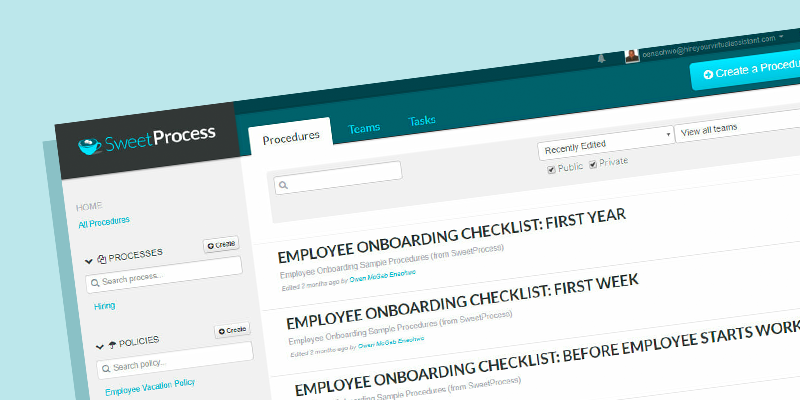
One of the strong points for SweetProcess is that there are no membership levels. You get instant and all-inclusive access to all the features once you sign up. Let’s explore some of these features together.
- Assign and Track Tasks
With this feature, you can turn your policies and procedures into tasks that your staff and teams can do. Track as each step is completed and crossed off.
- Teammates and Managers
SweetProcess allows several users to work on the same document simultaneously. Every team member gets the chance to suggest ways to improve things, and managers should be able to go along with those suggestions. This method helps to lower the likelihood of errors and allows you to set up teams that mirror how your business works.
- Knowledge Base
Using the procedures and policies you already have, you can make beautiful public or private knowledge bases.
- Integrates With 1,000+ Apps
SweetProcess also lets you connect to any other app directly or through Zapier using our API. This extends your app’s functionalities and lets you execute tasks faster.
- Version History
With SweetProcess, you can always go back to a previous version. That’s because every time you change a procedure, process, or policy, it is always tracked and highlighted.
- Process Maps
Beautiful diagrams will bring your procedures to life and make it easier to see every choice and step.
- Embed Files and Videos
You can add files, images, and videos to any step to make your procedures, processes, and policies stand out from the rest. Utilizing videos and graphics to help explain tasks will add more clarity to any step in the user’s procedures by dragging and dropping or copying and pasting to illustrate certain activities.
- Real-time Collaboration
SweetProcess lets you work as a group to update procedures, finish tasks, talk about changes, and get approval from a manager.
- Data Capture
SweetProcess’s easy-to-use form builder allows you to collect information as your team completes a task.
- Two-factor Authentication
The two-factor authentication provides an extra layer of security to keep your account safe. By asking you to prove who you are, the system is able to shut out intruders or hackers.
- Email and Phone Support
One of our team members is always on standby to show you around. If you need help, you’re a phone call or email away from getting a solution.
- Single Sign On
You can use your existing single sign-on system (SAML or Active Directory, or email us if you have another) to give your team access to SweetProcess.
- Image Editor
You can edit images and screenshots right in SweetProcess to add text, draw arrows, or do anything else.
- Print Documents for Offline Viewing
SweetProcess allows you to print documents so you can read them later. With this feature, you can turn your policies and procedures into a PDF manual or Word document that you can use offline.
- Form Field Procedures
SweetProcess lets you include form fields in your workflows to gather data. It goes without saying that companies can make profitable business decisions with useful data.
- Tags
The tag feature allows you to arrange your tasks into many categories. You can assign one or more tags to each task according to your needs.
- Mobile Device UI
SweetProcess is accessible from any mobile device and provides security and accessibility.
- Checklist Format Display
SweetProcess lets users document tasks by describing all necessary stages and organizing them in a checklist. As the new employee completes each task, the program will track all progress and tick them off on the checklist as they’re completed.
- Web Base
All of your standard operating procedures are saved in the cloud and are accessible from anywhere, as SweetProcess is entirely web-based. This also means that you don’t need to install any software.
- Fair Pricing Model
Aside from being affordable, SweetProcess’s pricing model is also fair and transparent. Accounts are only charged when an active member logs in and uses SweetProcess. They can also request a refund when they become inactive (e.g., they went on holiday).
- Import Existing SOPs
You shouldn’t worry if your SOPs are documented elsewhere. You can migrate all your existing SOPs into your new SweetProcess account as an optional service. You may also use the Microsoft Word import tool to migrate documents yourself.
Manifestly Features
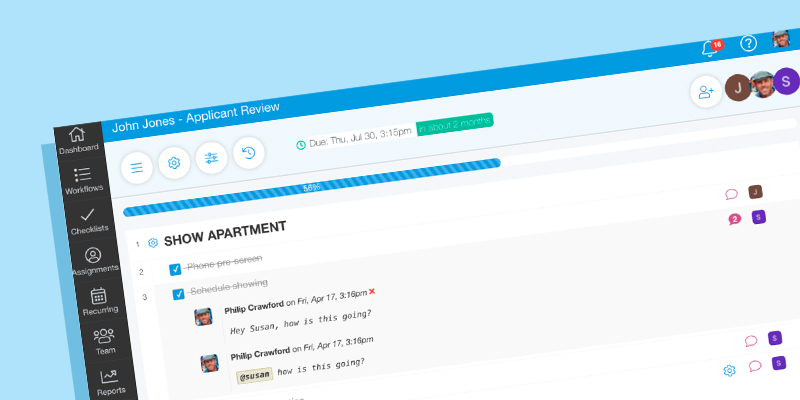
Like SweetProcess, Manifestly also has a handful of features that help them deliver value to their users. Let’s do a quick run-through of these features.
- Personalized Onboarding Phone Call
Manifestly offers a 60-minute phone call to ensure the onboarding process follows the service’s best practices.
- Calendar Integration
You may view your assignments and forthcoming checklists on your standard calendar, thanks to Manifestly’s integration with Google Calendar and Microsoft Outlook.
- Reporting and Exports of Data
View detailed reports of the stages that have been completed, those that remain, and summary views for all checklists in real-time. The checklist runs detailed data and is all provided to you via the data export option in a format that can simply integrate into a spreadsheet or business intelligence tool.
- Extensive Notification Options
You can completely personalize your notifications for various events like late checklist runs and completing a new assignment’s checklist, and choose to send these messages by email or Slack.
- Assignments Based on Roles
You can have additional control over repeating assignments by allocating roles to the stages in your processes and assigning individuals to those roles one checklist at a time.
- Log in Using Google
If your company employs Google accounts, you can increase account security by making all users log in to the Manifestly app using their Google accounts.
- Adaptive Due Dates
When a workflow is used, the relative due dates and anticipated lengths will generate particular due dates. Every new instance of a checklist run automatically calculates dynamic due dates.
- Webhooks
Thanks to webhooks, a technological superpower, you can combine Manifestly with just about any other modern software service on the web. The method for transferring data within integrations is through webhooks.
- Adaptable Dashboards
Create a customized dashboard in Manifestly by adding as many dashboard widgets as you like to display precisely the information you need to keep track of for your company’s recurring duties.
- Open API
For programmers who wish to create unique integrations with the software, Manifestly features a RESTful Open API (Application Programming Interface). A feature of the Business plan is the API.
- Over 1,000 Integrations
Zapier is used by Manifestly to connect to more than 1,000 cloud-based applications.
- Delegate Jobs and Checklists
You can assign certain checklist steps using collaborative checklists. Your team will know their tasks and who else needs to do what.
- Comments and Mentions
Use a checklist to collaborate with your team instead of emails or other forms of communication. Additionally, Manifestly can be easily added to Slack.
- Departments and Locations
Departments can be used to organize teams and processes, and security can be maintained by keeping activity and checklists hidden from the rest of the firm.
- Use Tags to Organize
Use tags to keep your processes and checklist runs organized. In Manifestly, tags are adaptable folders that simplify filtering and finding your tasks. Create tags to keep track of work by client, property, type of work, and other criteria.
- Data Gathering
Workflows should include fields for data collecting. Users can enter information, make a selection from a list, or upload files and images. New data kinds are being added all the time.
- History of Account Activity Search
Every action is recorded in the cloud, including who started and finished a checklist, who performed a task, who entered data, and more. Review the checklist activity in your account to find out who did what and when.
- Constrained Logic
Depending on data gathered or the conclusion of another phase in the workflow, you can conditionally conceal or reveal sections and steps.
- Checklist Planning
To ensure recurring chores are finished on time, a scheduling checklist runs daily, monthly, or quarterly. Obtain alerts on checklist activities, such as when a checklist has begun.
- Process Documentation
You can make your workflow steps more than just a list of what has to be done by including videos, photographs, and links to supporting papers.
SweetProcess Features: What Makes It a Better Alternative to Manifestly?

As you can see, both Manifestly and SweetProcess have cool features. They also share similar features and perform common functionalities.
However, SweetProcess stands head and shoulder above Manifestly in terms of overall user experience. Here are a few reasons why SweetProcess takes the lead:
1. Accountability: SweetProcess handles the issue of determining whose court the ball is in, where a project is, who has it, and who needs it, so there is no need to look for individuals. SweetProcess will send emails (sometimes known as “reminders”) to anyone delaying the project.
2. Improved Aesthetics: It can simply develop and navigate training procedures and documents with eye-catching visuals and then arrange them into a personalized knowledge base. Making documents directly in the interface using helpful and simple-to-use tools will enable you to create training materials that are as information-rich, aesthetically pleasing, and user-friendly as possible.
3. Accessibility:It has a convenient location where training materials and videos are compiled, and new pertinent information is added so that it can be accessed as needed by new hires and current staff.
4. Low Learning Curve: SweetProcess has a shallow learning curve; you can start setting up processes immediately. After you’ve added the fundamentals, you can quickly drag and drop objects to reorganize them and add more steps.
5. Simplicity: SweetProcess has simplicity of work assignment and method of commenting. The steps of a project or operational procedure are right there if you need to recall them.
Here are more differences between Manifestly and SweetProcess.
| SweetProcess | Manifestly |
| It is user-friendly and also has an aesthetic interface. | The user interface is relatively poor. |
| It uses a cloud-based workflow management system that helps businesses of all sizes with task creation, documentation, tracking productivity, and more. | More suited for multinationals and Fortune 500 companies. Most of their engagements are in IT, marketing, HR, property management, Realtors, sales, and support. |
| You can use visual aids to ease your tasks. | It doesn’t give room to embed visual aids. |
| It allows you to make procedures available offline by exporting them to Word or PDF. | Inability to make procedures available for export or download. |
| Only active users are bound to pay. Inactive users are not charged when they don’t use the software. | Users are bound to pay regardless of whether they are active or not. |
| It is accessible from any mobile device. | You can’t monitor tasks whenever you wish. |
Manifestly Cons

While it’s great that you can make any change in your life with quick and affordable services, it’s important to be wise about the choices you make.
With over 148 reviews, Manifestly is not an exact science, and there are several factors to consider before employing its service. Before you start working with one of the providers on this page, check out some of the unfavorable Manifestly reviews from its users.
1. Lack of an Organized Format
The drawbacks of using Manifestly are that it takes time and effort to track down the information and organize it in a usable format. It can also be difficult to find what you need in an organized manner. And there’s no real control over how or when your information is shared with other parties. For example, users often complain that the app has a disorganized format and leaves tasks everywhere throughout the system.
2. Learning Curve
The primary disadvantage of these types of programs is that it requires adequate knowledge beforehand. You have to be able to do all the parts individually, which means that you need to know what you’re doing. If you are not very experienced with building a website from scratch, this might make things more difficult than it needs to be. It can be just as hard or even harder than learning how to code in HTML and CSS.
One user found that the app had a steep learning curve. Its different features left staff confused and perplexed, making the transition to the software a long and arduous one.
3. UI/UX Issues
There have been several reports of the package’s poor interface, and unconvincing user experience. Some users find its design unpleasing to the eye, while others feel that it is outdated and not easy to use for first timers.
4. Inadequate Features
One may be left puzzled in this regard. Although Manifestly has a great number of features, it can still make use of some certain features, according to its users who have put up complains about it. A user complained about tools in the software to be somewhat malfunctioning. This is not a proud feature of the package.
5. Time Factor
Because you are to carry out almost all tasks individually, it takes time and effort to track down the information. With Manifestly, time consumption is high and this doesn’t sit well with its users.
SweetProcess vs. Manifestly: Pricing

Pricing is one of the major determinants for product selection. With the right pricing model, software manufacturers stand the chance of selling more of their products and exposing their solutions to a wide range of users.
In this section, we’ll break down the pricing structures for both Manifestly and SweetProcess. This way, you can match the pricing with the tool’s features, functionalities, and value proposition.
SweetProcess Pricing
SweetProcess has a transparent pricing model. Users are only charged when they log in and use SweetProcess. Apart from transparent pricing, SweetProcess also has a flexible and affordable pricing range.
The pricing starts at a $99 monthly plan for a team of 20 active members. A $5 monthly fee is also added for every additional active team member. Also, you can enjoy up to a 16% discount if you opt for a yearly subscription.
Take advantage of the available 14-day FREE trial now to gain a feel for the platform.
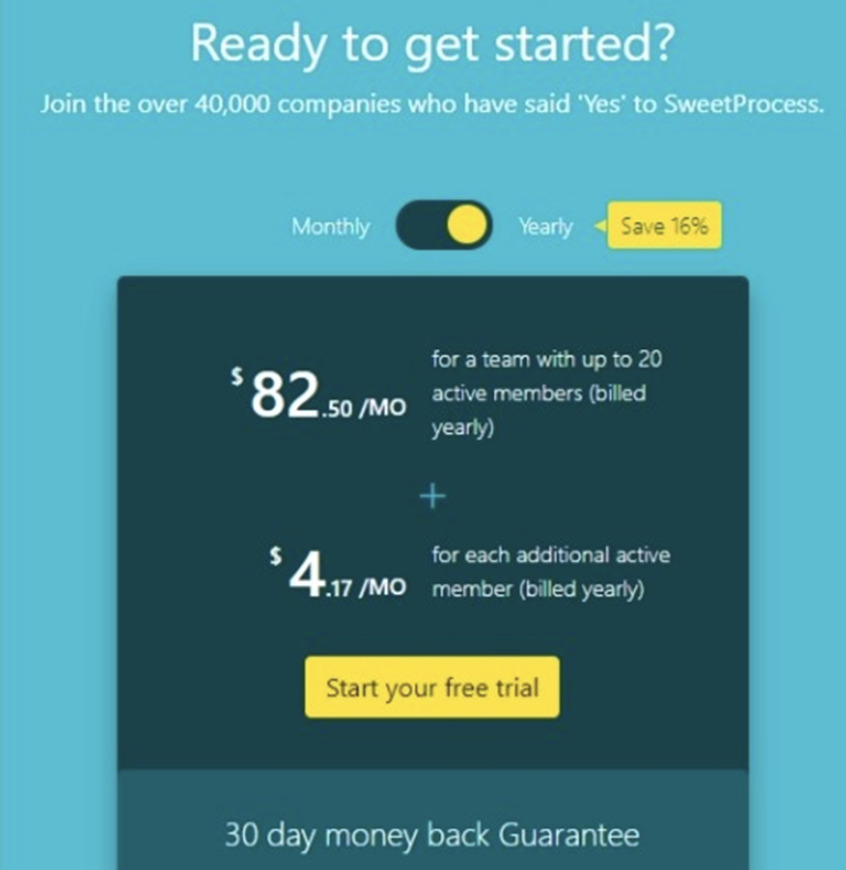
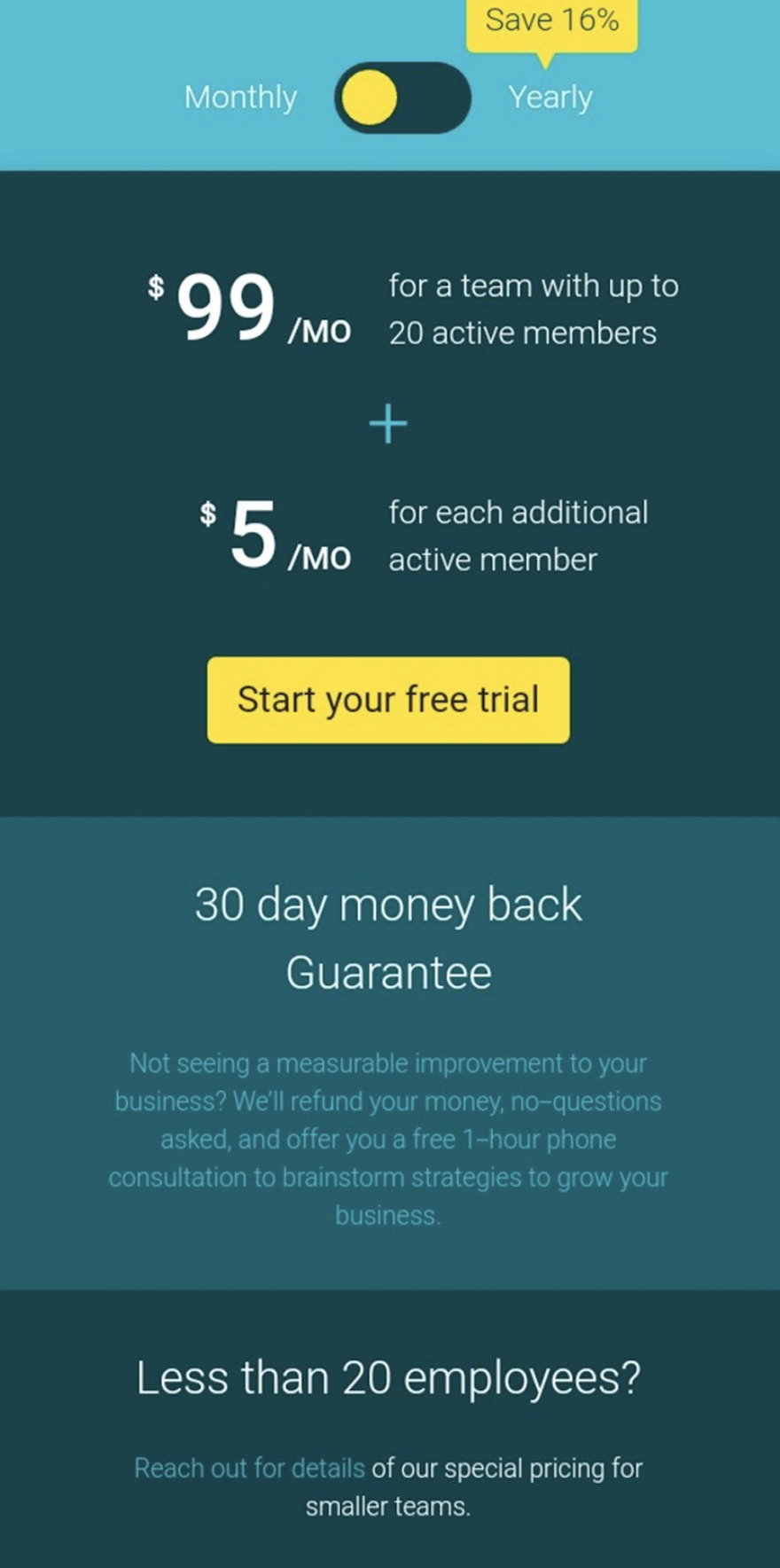
Manifestly Pricing
Manifestly has a free version and allows users to take a free trial. Regular pricing starts at $8 per user per month, and users enjoy 5GB of file storage. But in Manifestly, there are only five free limited user slots.
Manifestly comes with a 30-day free trial and each user pays a yearly subscription fee of $80 ($8/user monthly) to access its premium features. In addition, you may have to pay additional fees for add-on integrations.
For example, Manifestly pricing for Slack is $6/month per user when you add an integration. Also, there’s no money-back guarantee when you sign up with Manifestly which might lead to skepticism by intended users.
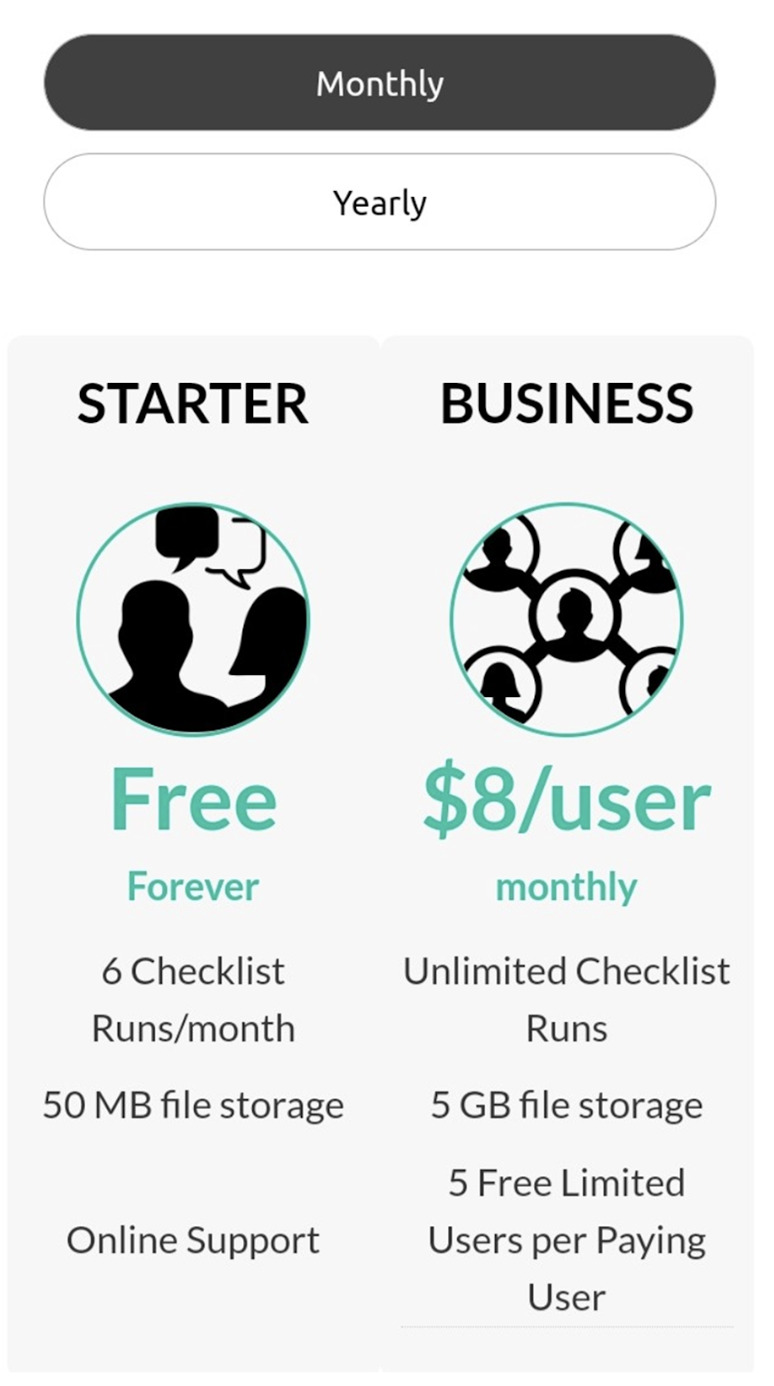
Manifestly vs. SweetProcess: a Head-to-Head Comparison
Doing due diligence is an essential step in selecting the best tool to document your company’s standard operating procedures. Besides checking a tool’s available features before signing up, it is also necessary to examine the core functionalities. While the former gives you an idea of what the tool has, the latter shows you how it works.
Below, we’ll examine the core functionalities of Manifestly and SweetProcess to help you see how well-suited they are for your SOP creation.
Manifestly vs. SweetProcess: For Process Management
Process management provides organizations with structured processes, control, and direction. It helps to eliminate the bottlenecks in business by providing a more simplified approach to process management.
This section breaks down how to manage processes using Manifestly and SweetProcess.
How to Manage Business Processes Using SweetProcess
To manage business processes with SweetProcess, here are the steps to follow.
Step 1: Log in to SweetProcess via the home page.
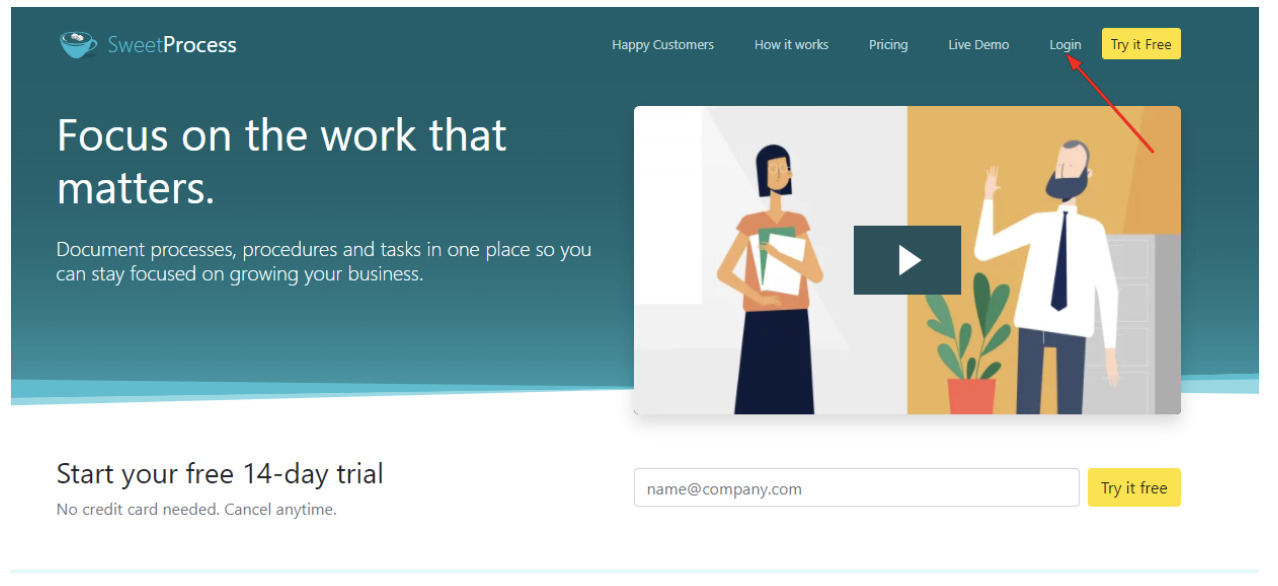
Step 2: Click “Processes” on the top navigation bar.

Step 3: Once the page opens, click the “Create Process” button in the top right corner of the page. Alternatively, you can click the “Create a Process” button in the middle of the page.

Step 4: Enter the title in the space marked “Process Title.”
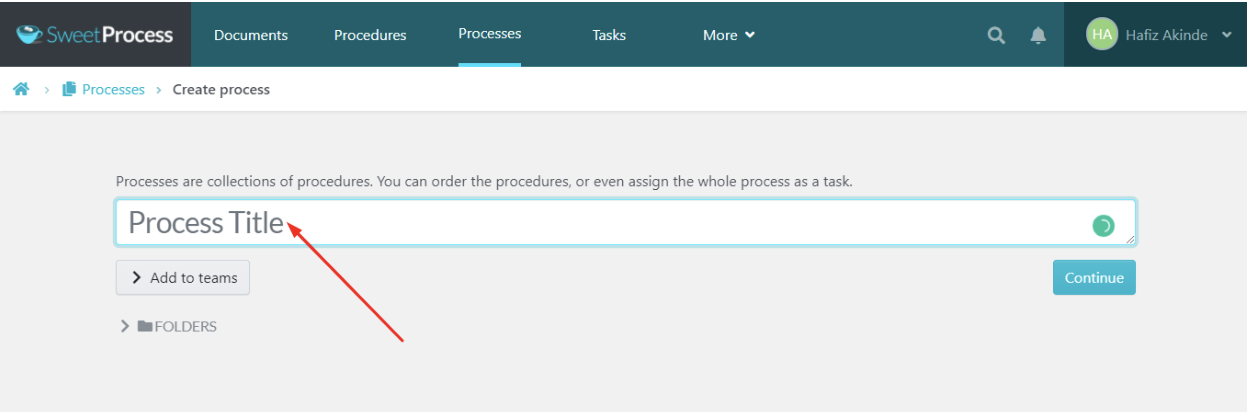
Step 5: If you’re creating a process for the first time, you’ll have to create a new team. To do this, click “Add to teams.”

Step 6: Click “Create Team.”
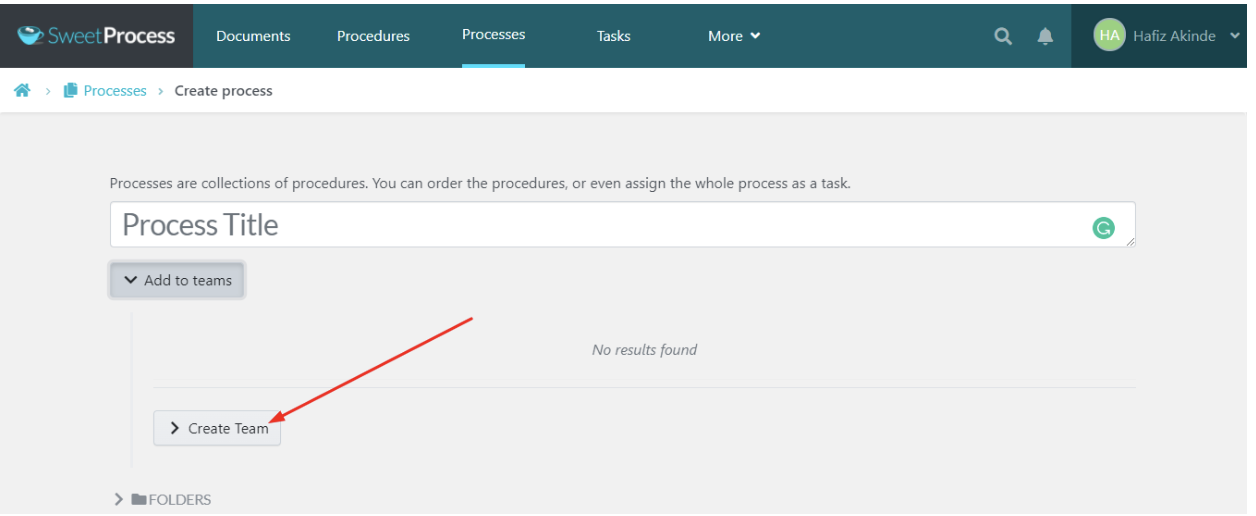
Step 7: Name your team and then click “Create Team.”
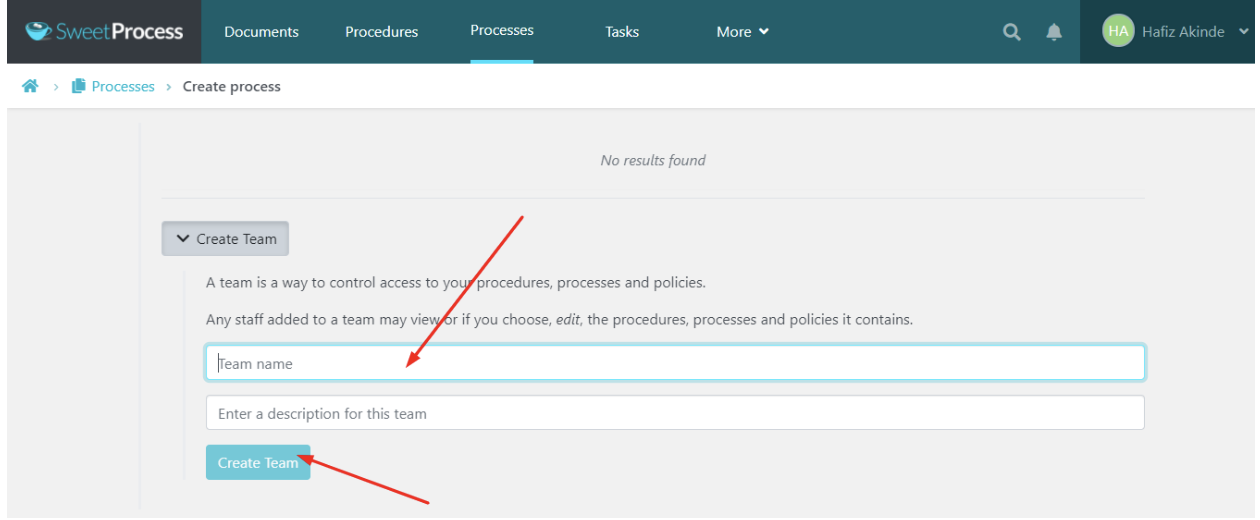
Step 8: The system automatically checks the new team you just created. You may then create your first process by clicking on “Continue.”
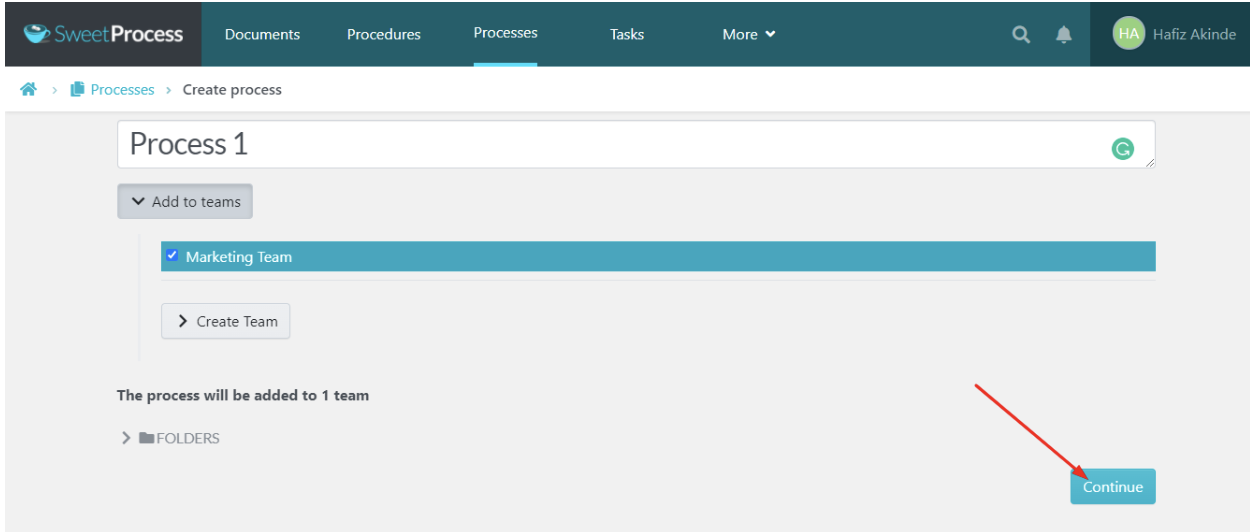
The process you just created will save directly to draft, and you must approve it to make it go live.
Step 9: Click “Approve.”
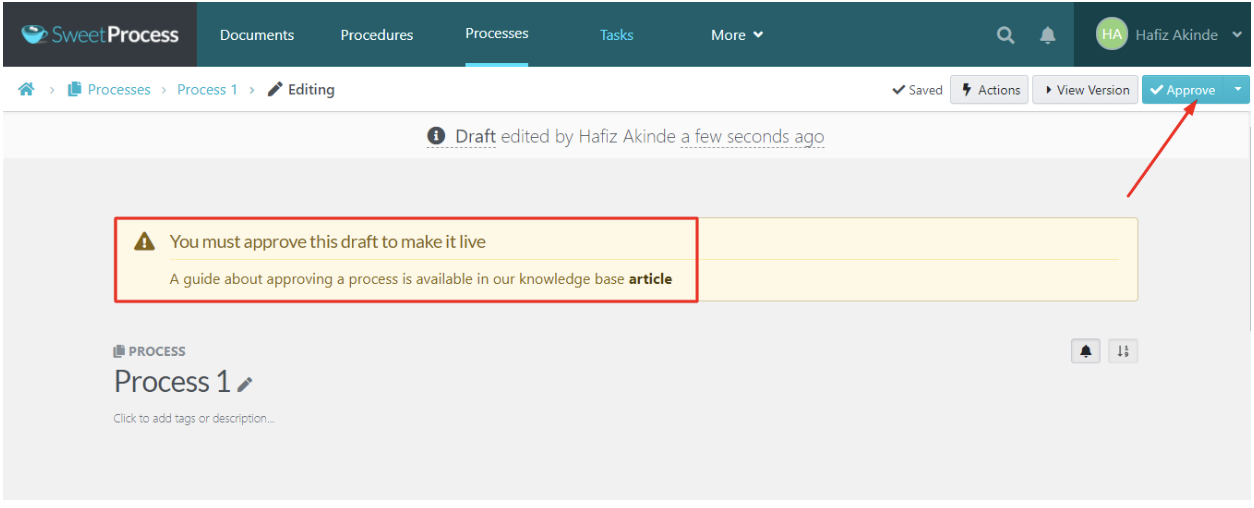
Congratulations! You just created your first process.
Step 10: Proceed to add new procedures to your process by clicking on “Add New Procedure.”
Manifestly for Process Management
There are three basic tabs in Manifestly: “Section Header,” “Steps Title,” and “Steps.” The section headers are different sub-headings under which you create steps to be followed in completing a workflow system.
In this section, we’ll walk you through the step-by-step guide on how to use Manifestly to run a process management workflow as one of the core functions of Manifestly using the example of a “Tenant Move-in.”
Step 1: From your dashboard, after you log in to your account with your registered email, click on the second button on the column left of your screen as shown on the screenshot below to either “Create a Workflow” process from scratch or to import existing steps to be used as a workflow process by clicking on “Import a Workflow” button.
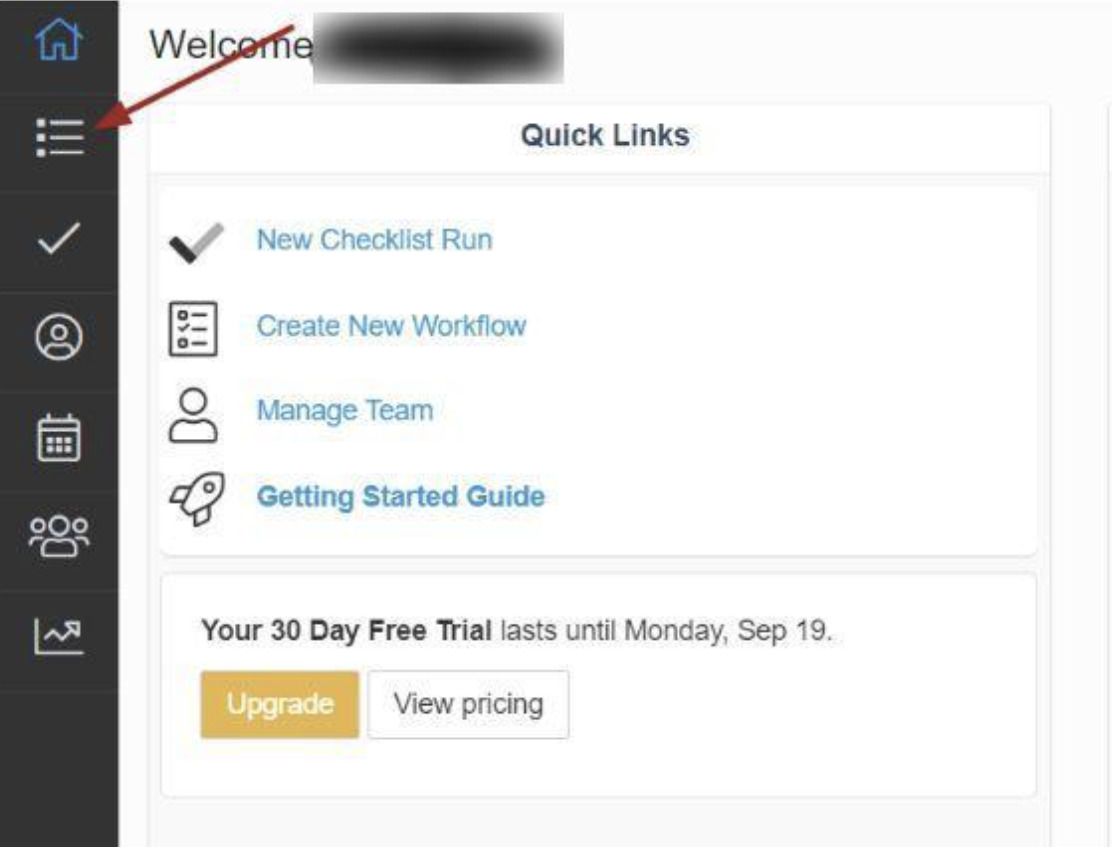
Step 2: Click on arrow 1 to “Create New Workflow” or on arrow 2 to “Import a Workflow” as indicated in the screenshot below.
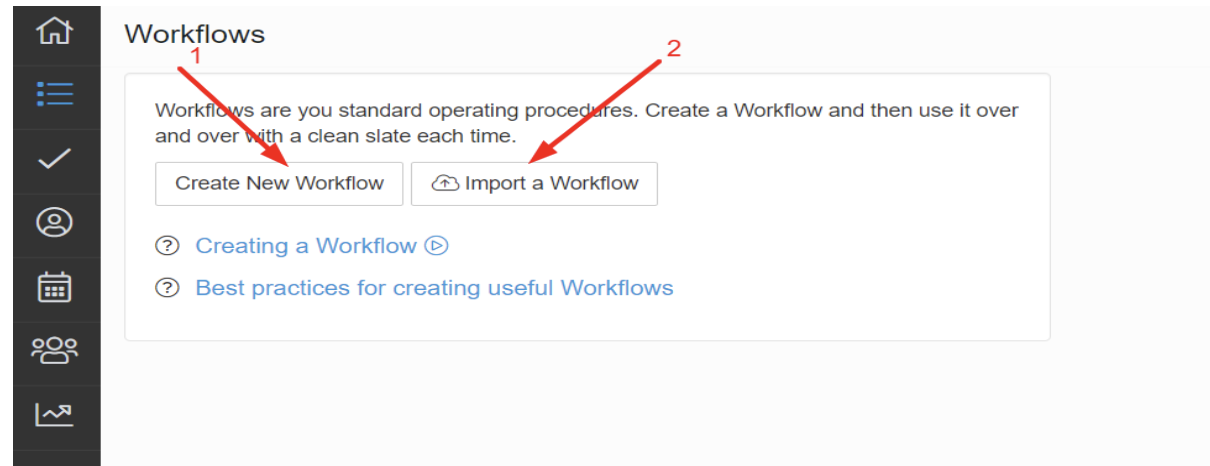
Step 3: Give this workflow a name by typing in the description box as shown by arrow 1 and click on the “Add Steps” button to add steps to your workflow as indicated by arrow 2.
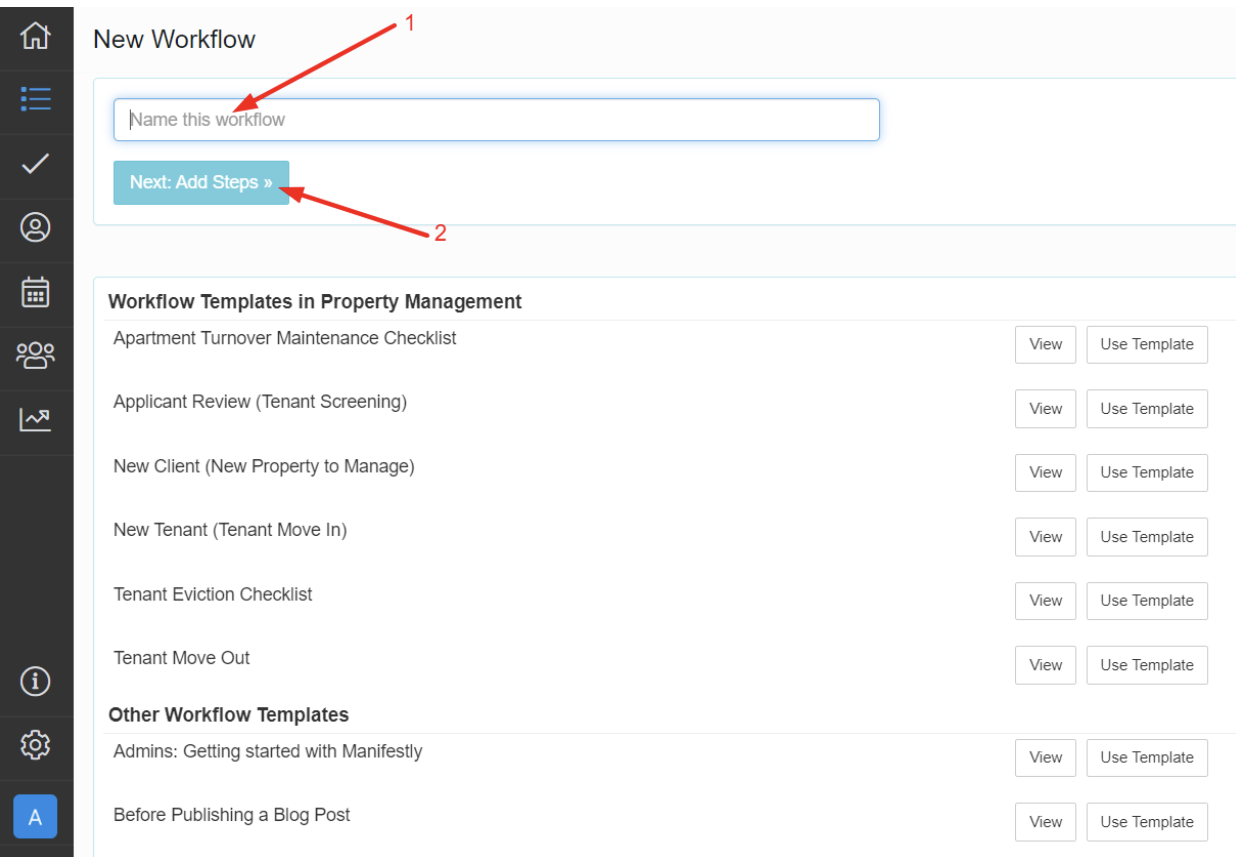
Step 4: Additionally, you can view, copy, and edit the available templates to suit your work process. Click on arrow 1 to view the template and arrow 2 to use the template options.
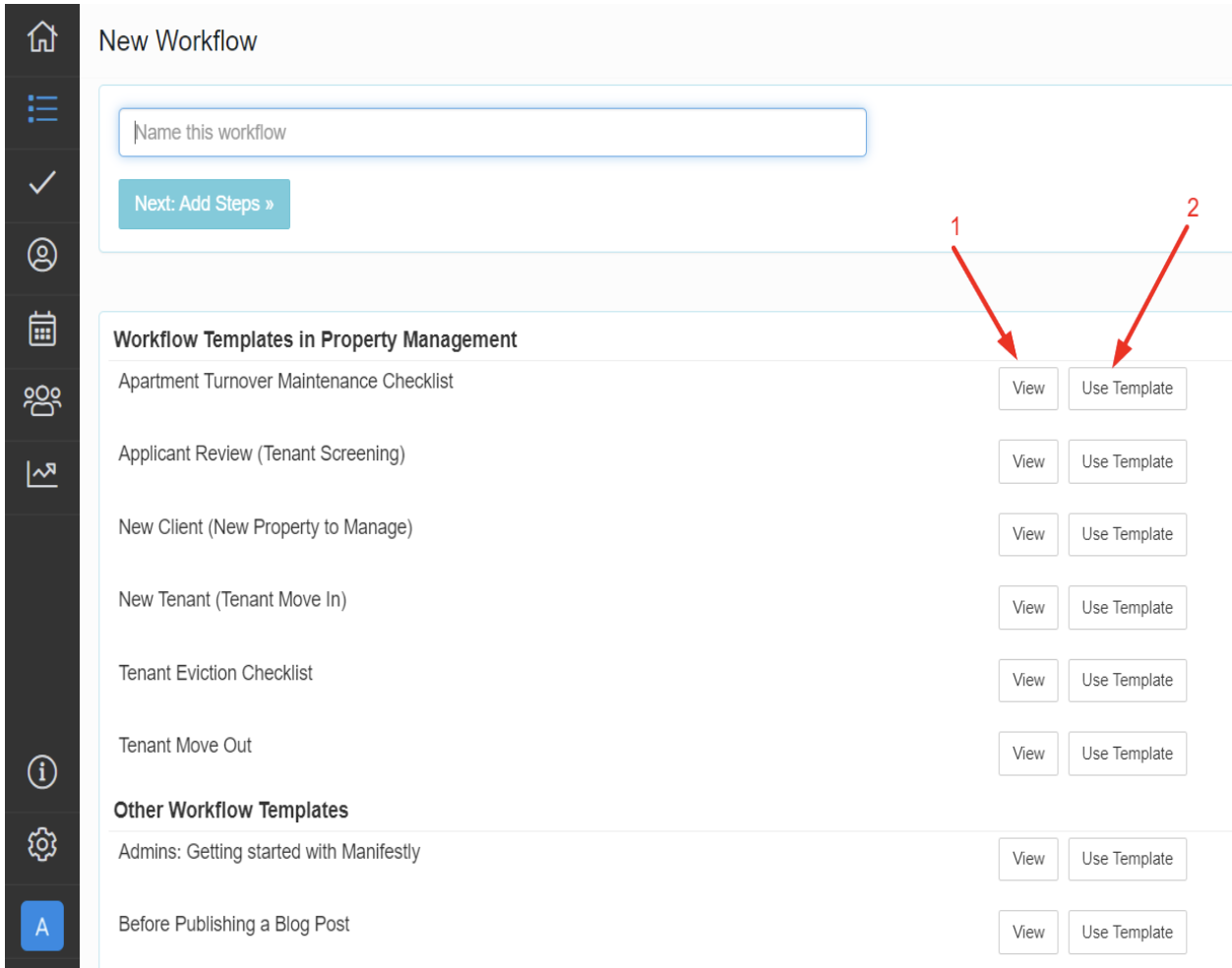
Step 5: Give your first section header a name by typing in the box provided as shown in the diagram below, and then Click on the “Add step here” button to continue.
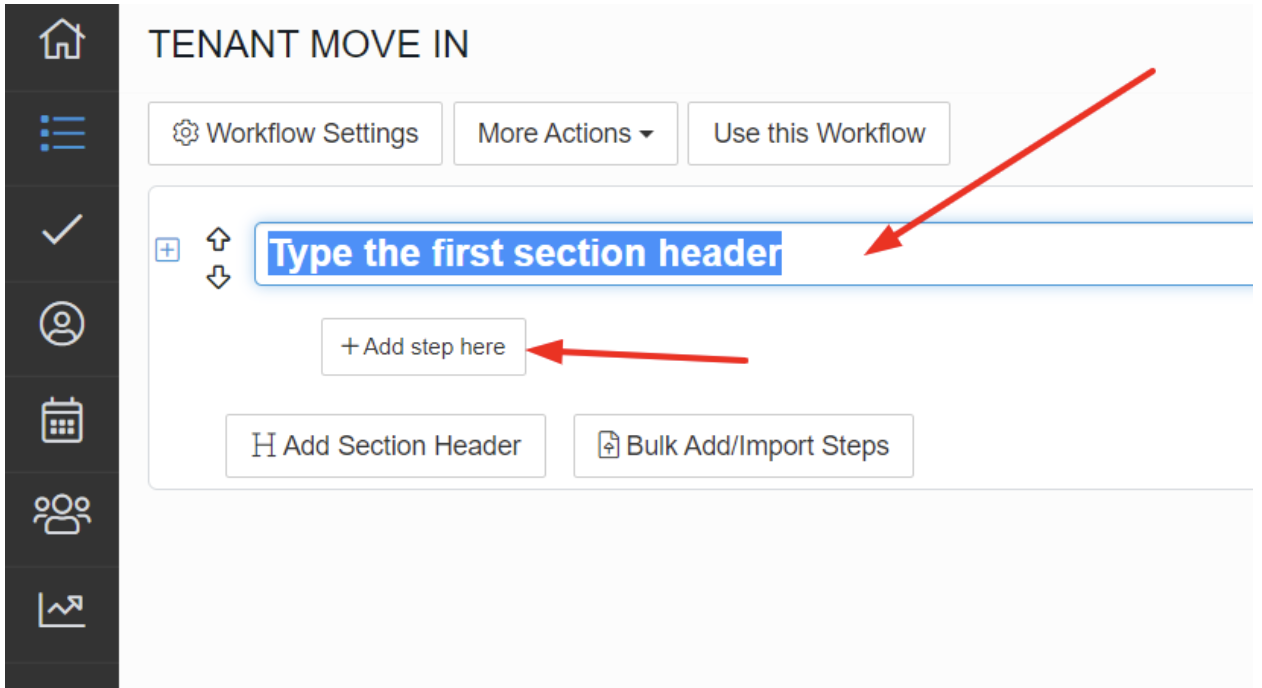
Step 6: Name the “step title” of your workflow process by typing in the box provided as indicated by the arrow and press enter to add a step or click on the “Add step here” button below the step title box to add a step.
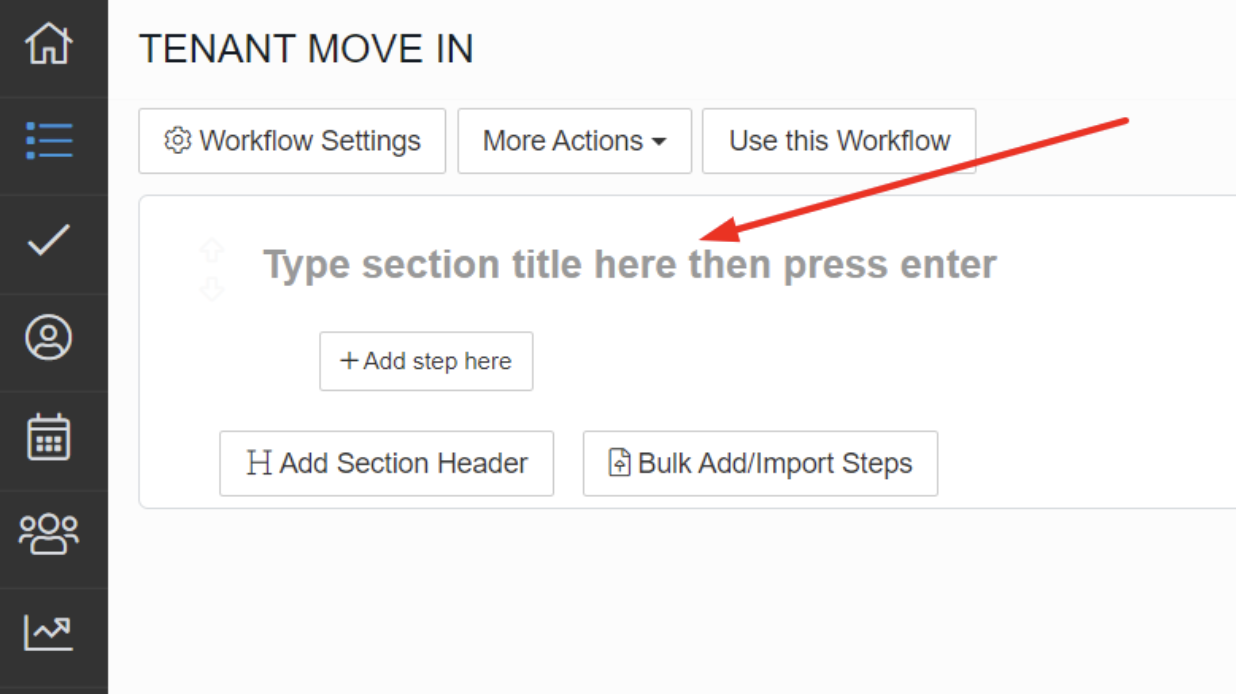
Step 7: Repeat this process to continue to add a step under each section header created until a list of steps for your workflow processes is completed, as shown in the diagram below.
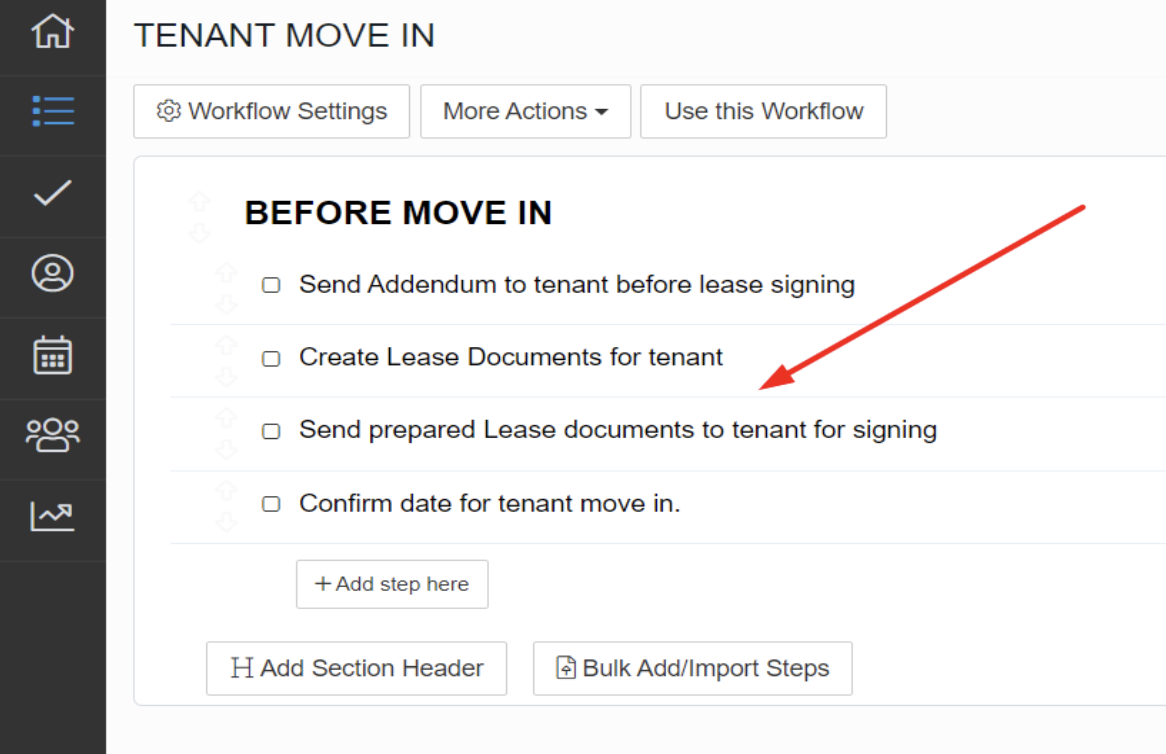
Step 8: From the rectangular box in red as directed by the arrow, hover through any of these tools to either edit a step, delete a step, assign a step to a user, set a due date for a step, collate data, add a comment to a step, or delete all steps for respective section header at once.
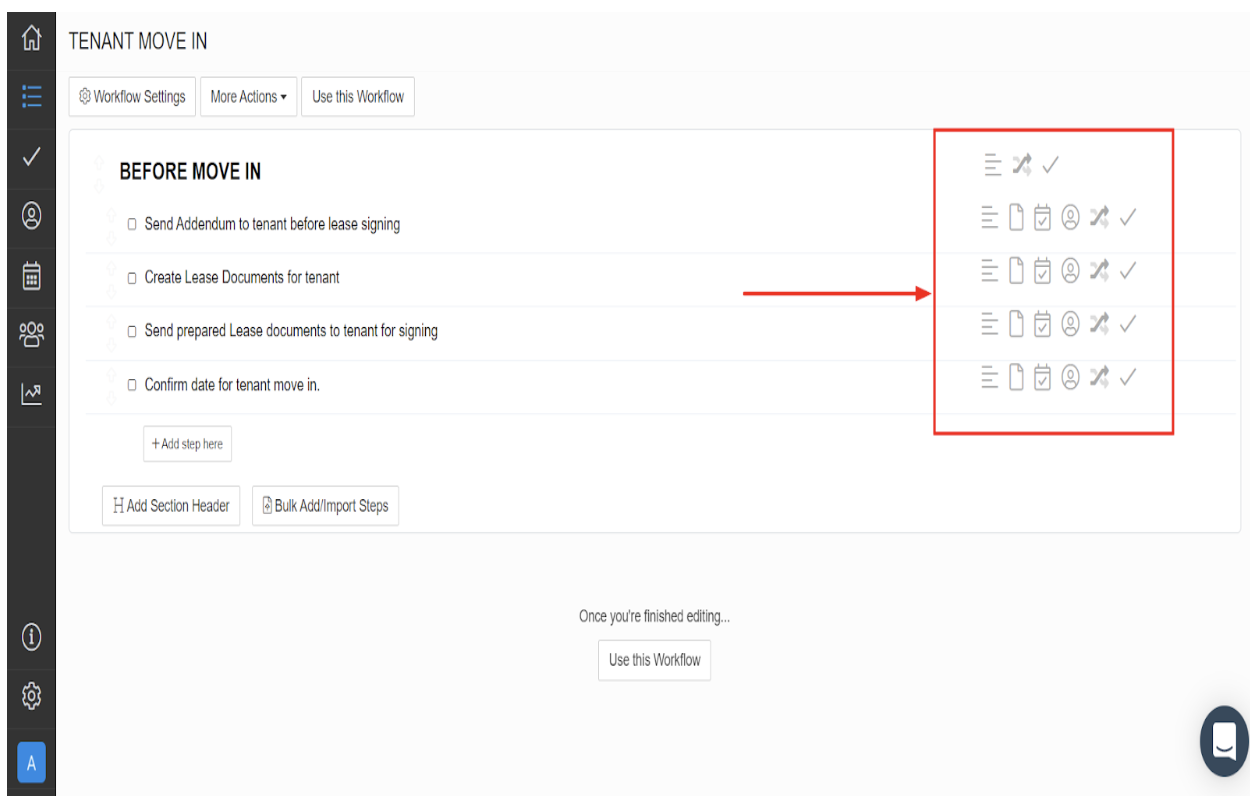
Step 9: You can add a new section header and begin to add steps in completing the workflow process. Follow the arrow direction.
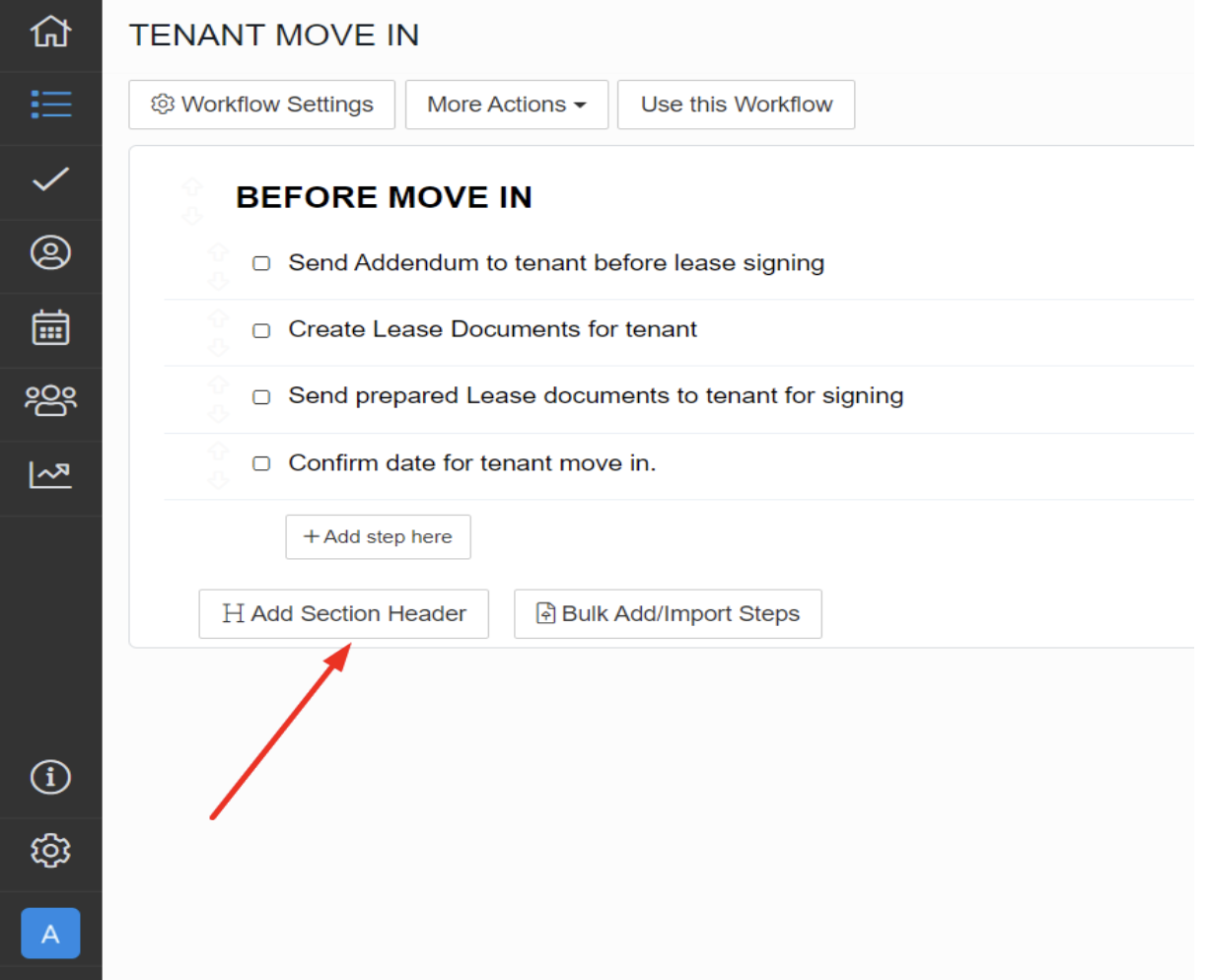
Step 10: Click on “Use this Workflow” when you are done with adding steps in making your workflow. It takes you to the options of setting when the designed workflow process is to be published.
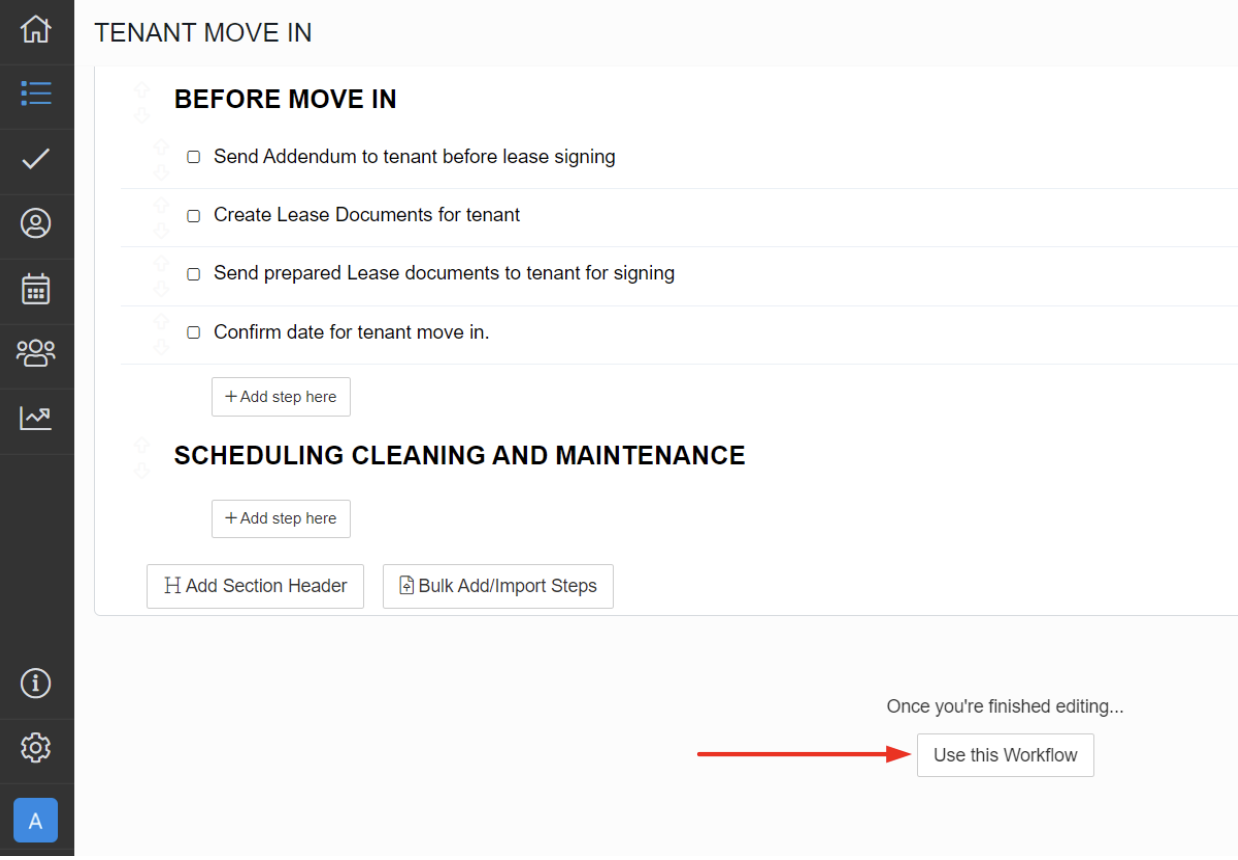
Step 11: As shown in the diagram below, click on “Create Checklist Run” to run the workflow created immediately, or select “ Schedule Recurring” to set a date, or time, such as daily, or business days, or you decide on the specific period for any steps to be carried out, and choose which users to work on a specific given step.
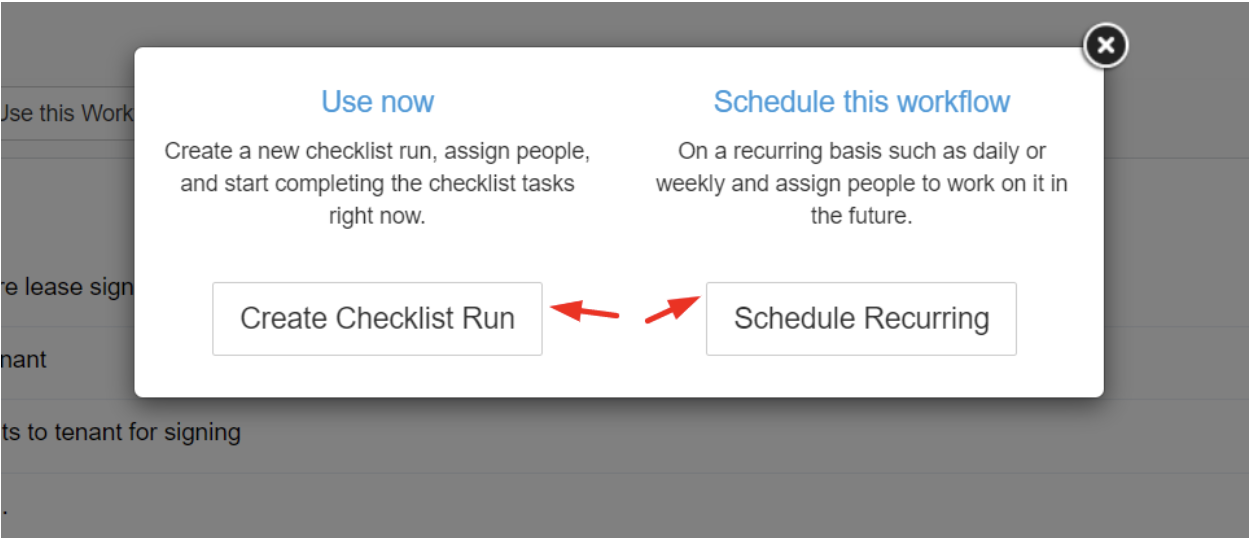
Manifestly vs. SweetProcess: For Documenting Procedures
Documentation is crucial for business success. It helps employees understand their tasks and responsibilities, which ultimately leads to improved productivity and organizational efficiency.
Let’s take you through the step-by-step process of documenting procedures with Manifestly and SweetProcess.
SweetProcess for Documenting Procedures
To document your Standard Operating Procedures with SweetProcess, here are the steps you need to follow.
Step 1: Log in to your SweetProcess account and click “Procedures.”
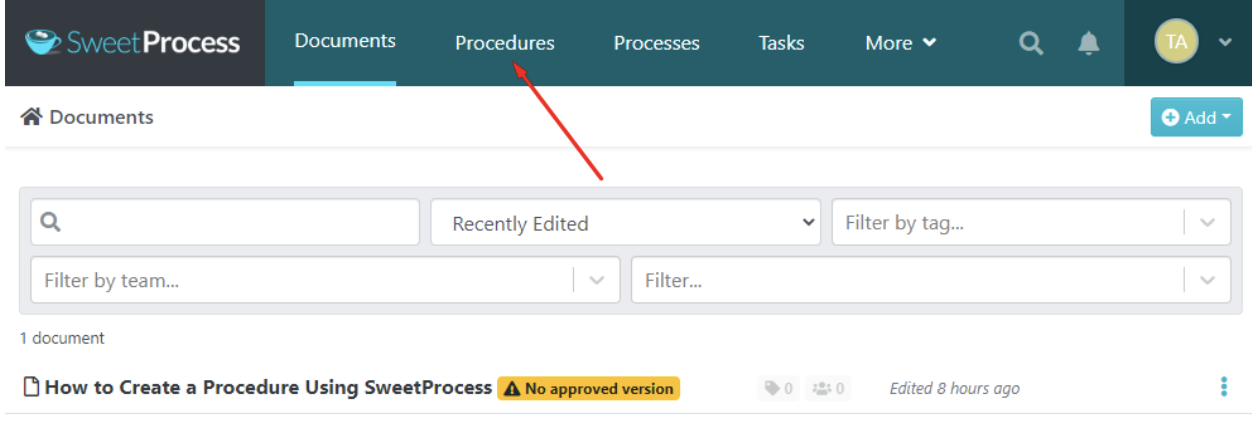
Step 2: Click “Create Procedure.”
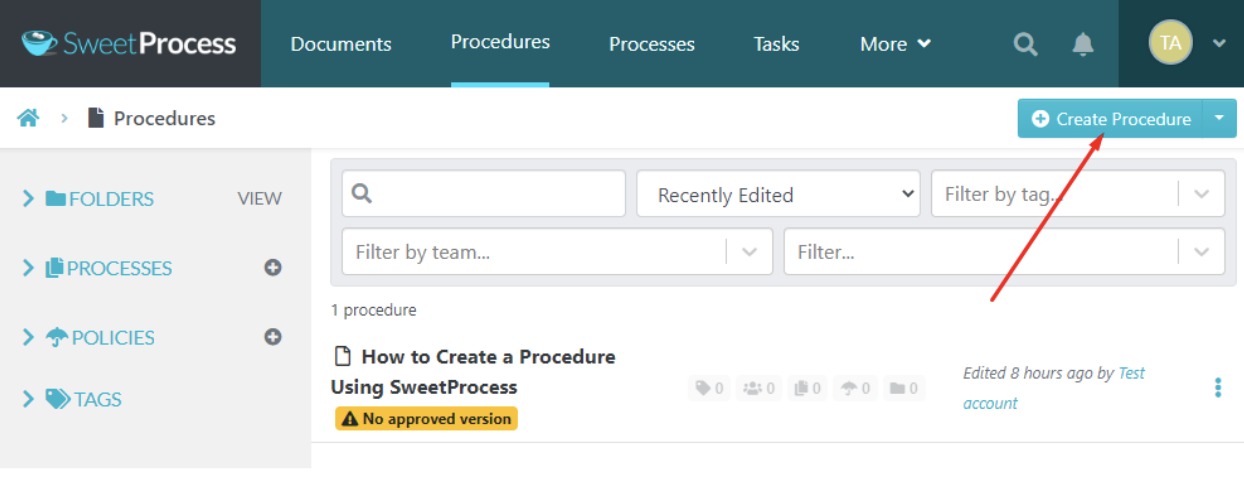
Step 3: Enter the procedure title and click “Continue.” (Note that you may also add this procedure to a team or multiple teams).
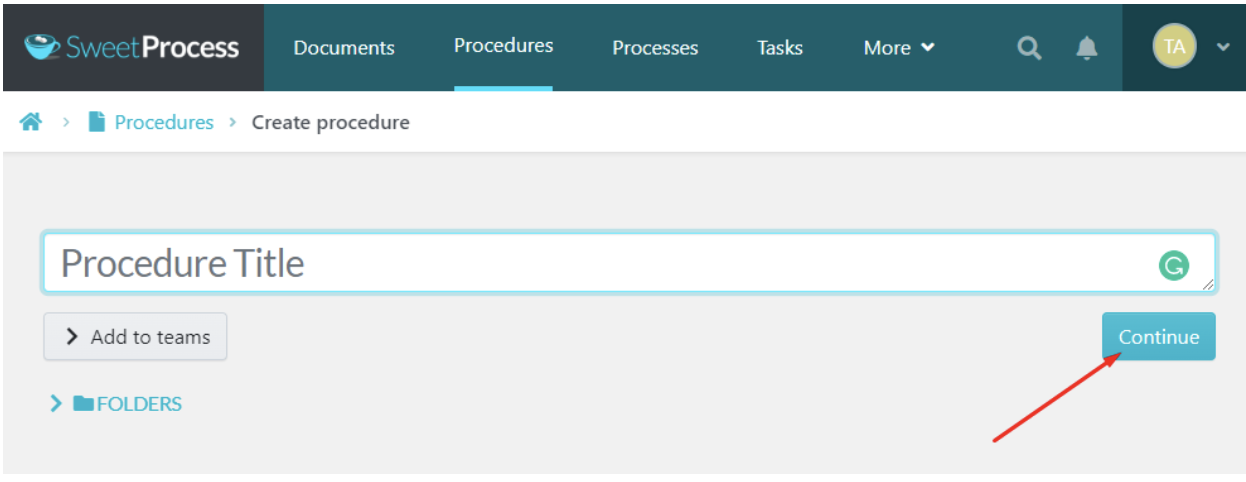
Step 4: Click the pencil icon to edit the procedure.
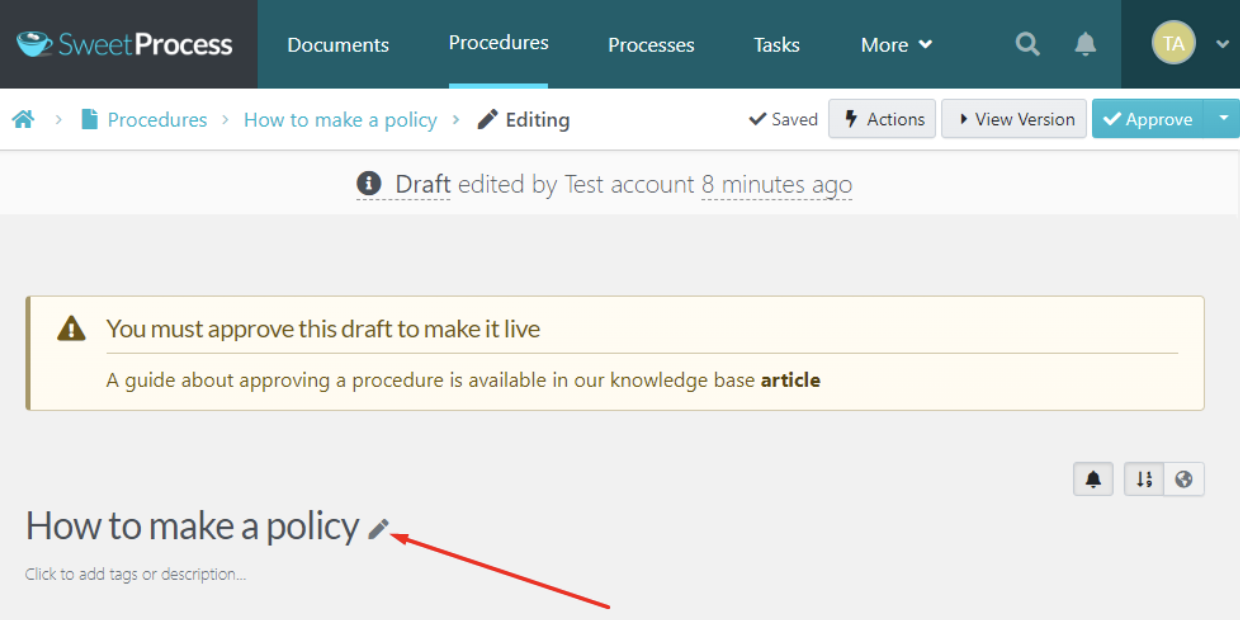
Step 5: Add a description of the procedure you want to create. You may also change the procedure name and add a tag. Click “Finished Editing” once done.
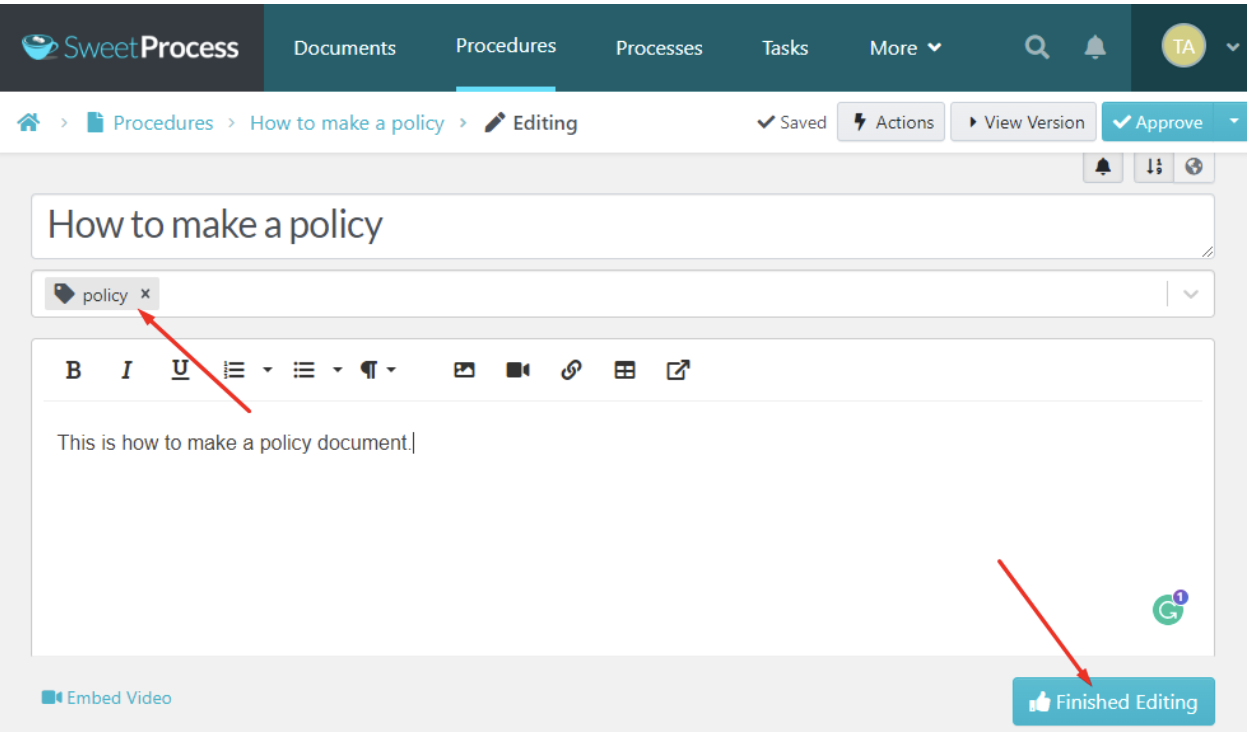
Step 6: Click “Approve” to make the procedure go live.
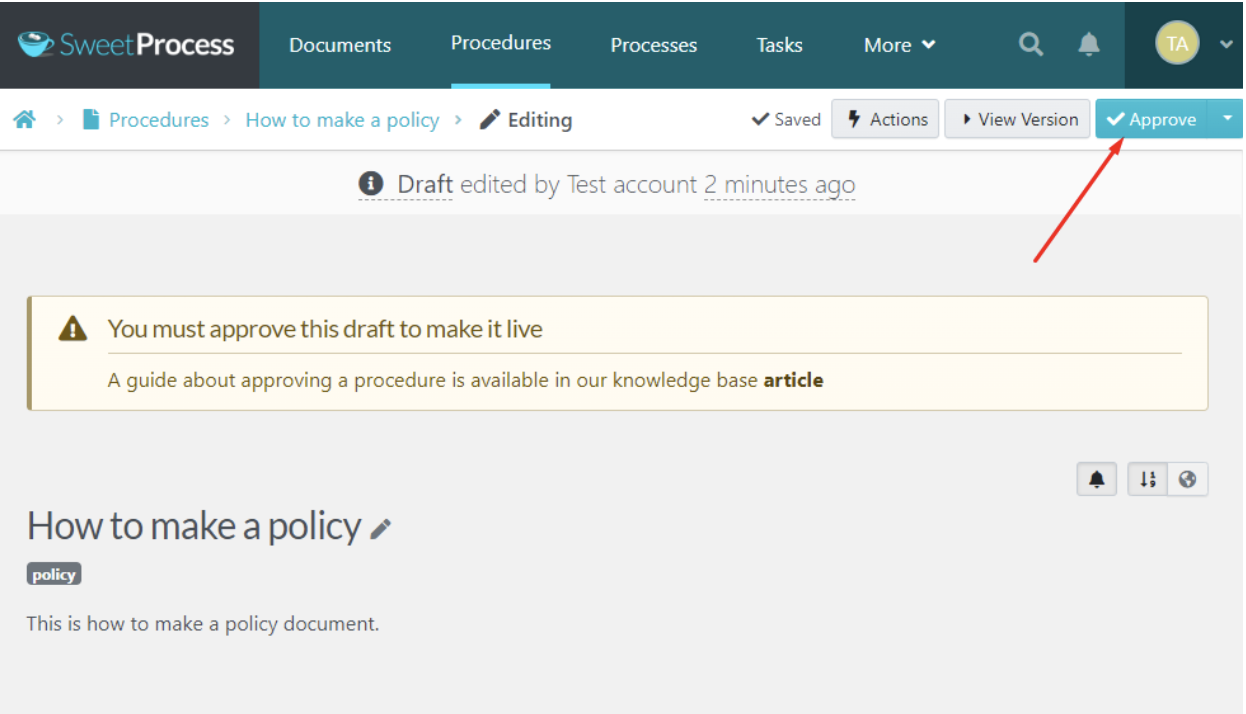
Manifestly for Documenting Procedures
To document your Standard Operating Procedures with Manifestly, here are the steps you need to follow.
Step 1: Log in to your Manifestly account with your registered email and access your dashboard. Click on the second button on the left column side of your screen as shown in the screenshot below to “Create New Workflow.”
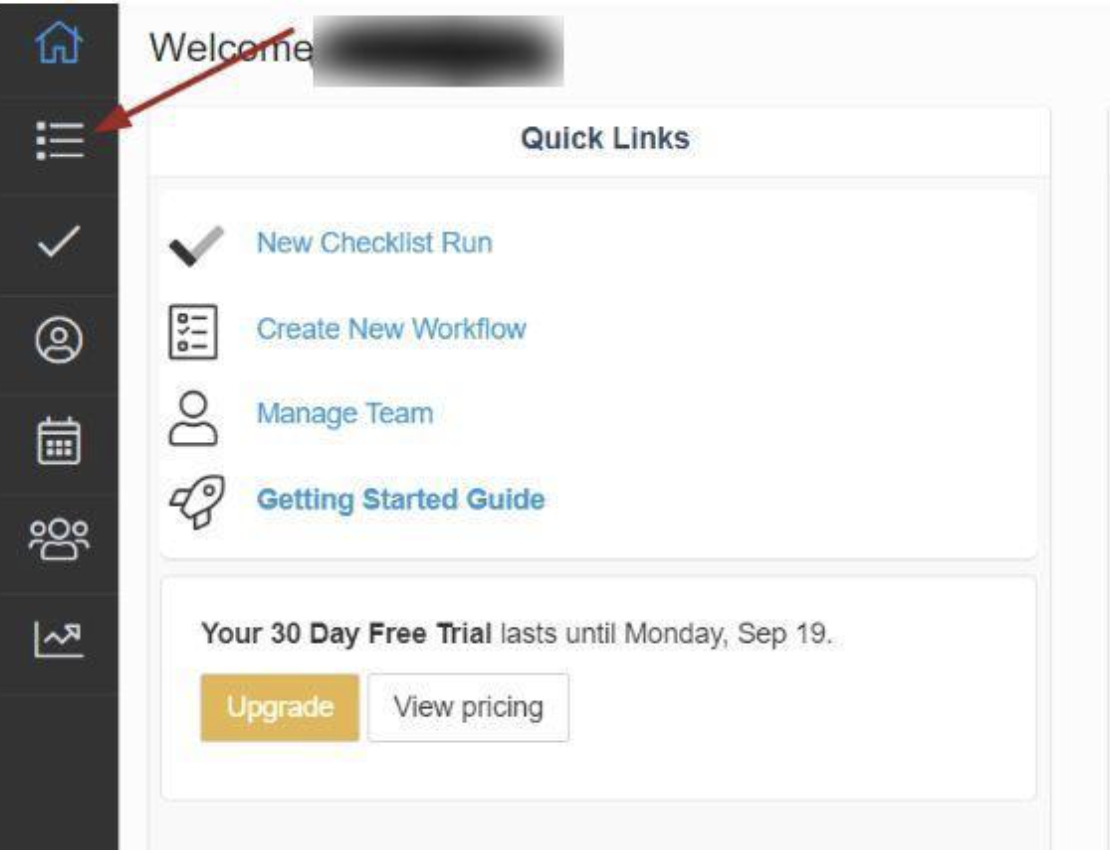
Step 2: Click on “Create New Workflow” to create a new workflow process from scratch, or “Import a Workflow” to import an existing workflow process from a Word document or a spreadsheet.
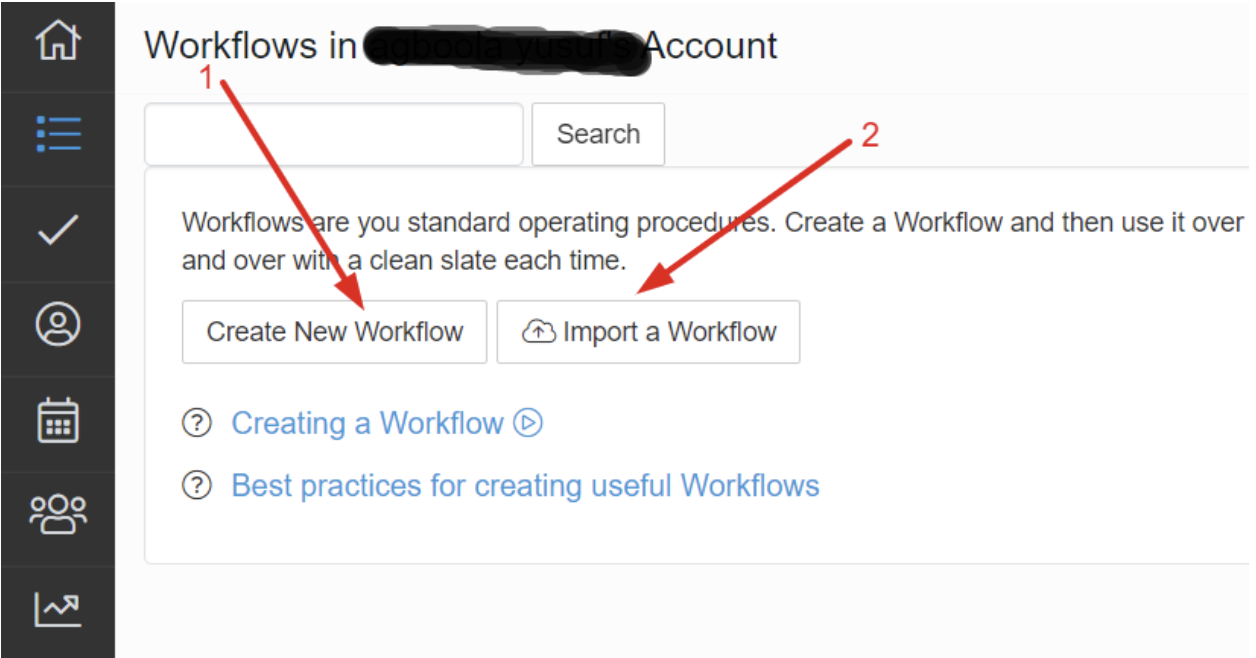
Step 3: Give your workflow a name in the provided box below as directed in the diagram by the arrow. Proceed by clicking the “Add Steps” button or press the Enter key on your keyboard to continue.
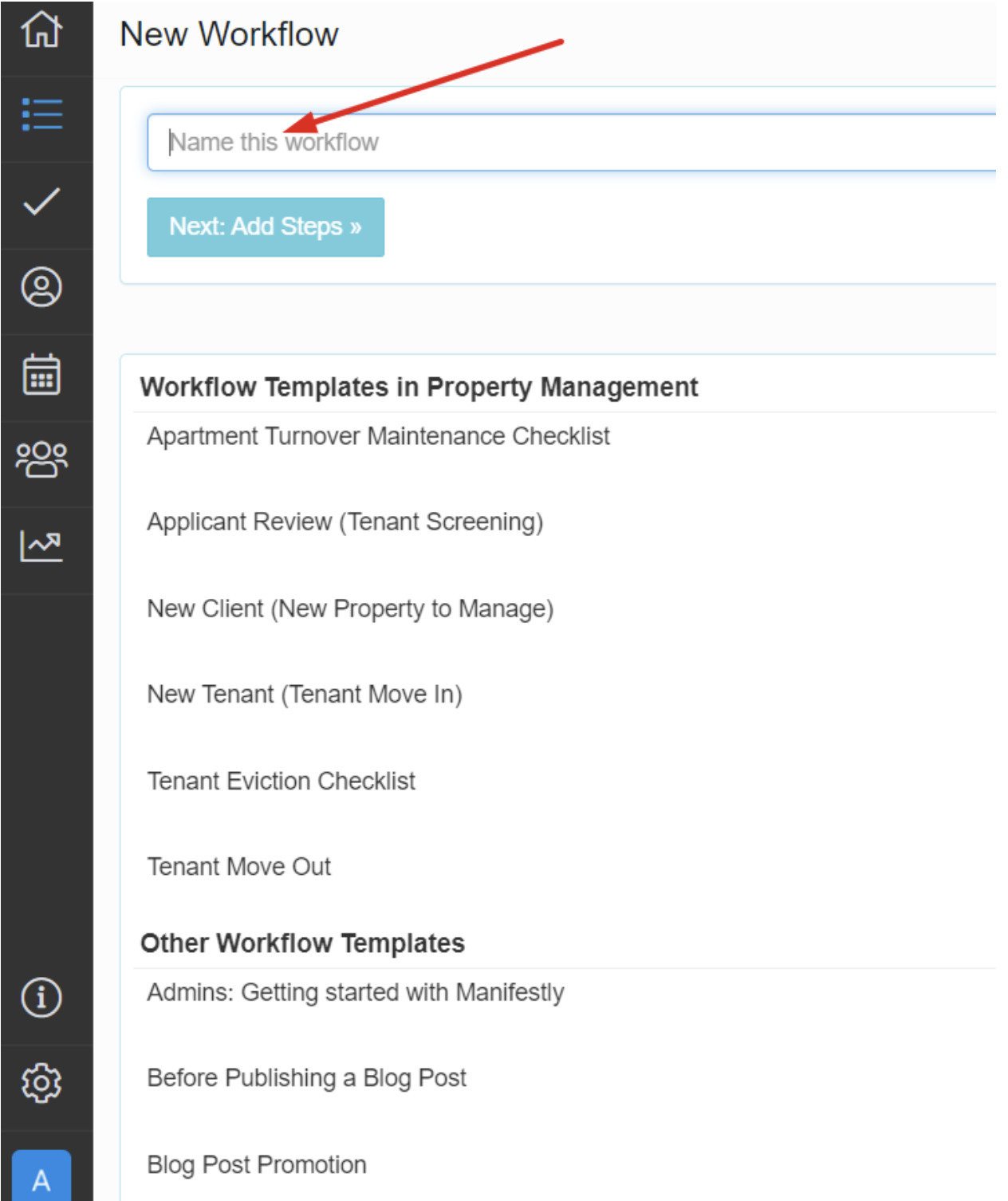
Step 4: Give your first header section a title name in the provided box as directed by the arrow. In this case, we named our workflow “B2B Order Processing Documentation.” Next, click “Add step here” to begin to add various steps as required for this section, or press the Enter key on your keyboard to continue.
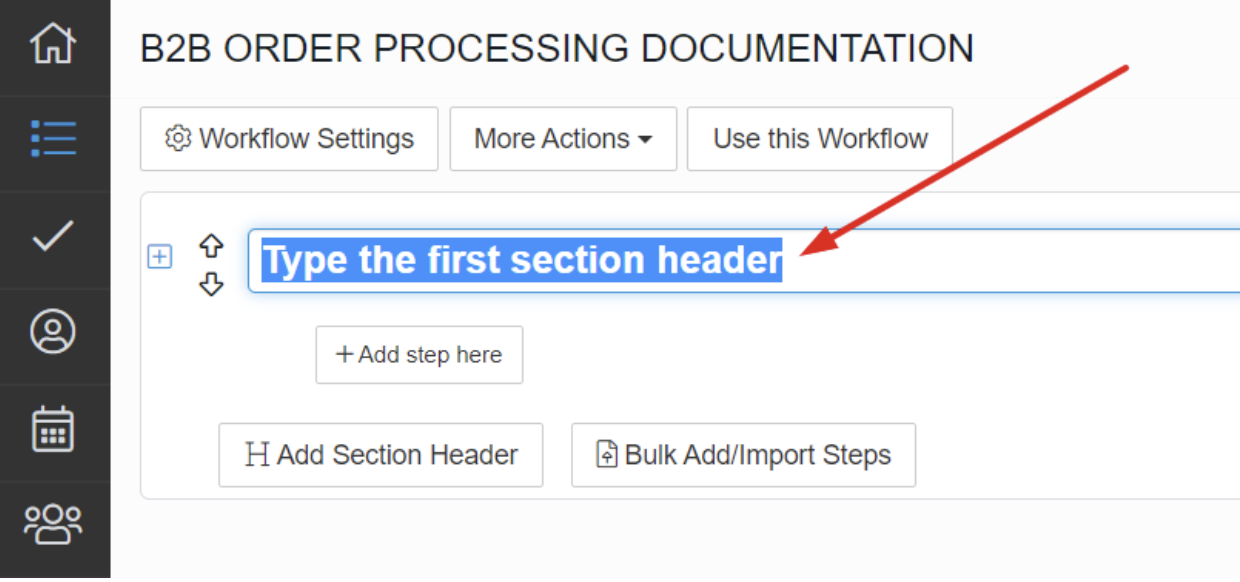
Step 5: Follow arrow 2 by clicking on the “Add Section Header” button to add a new section title and give your section header a name. Press Enter to add steps under this section and continue to repeat this process until you add all steps for this workflow.
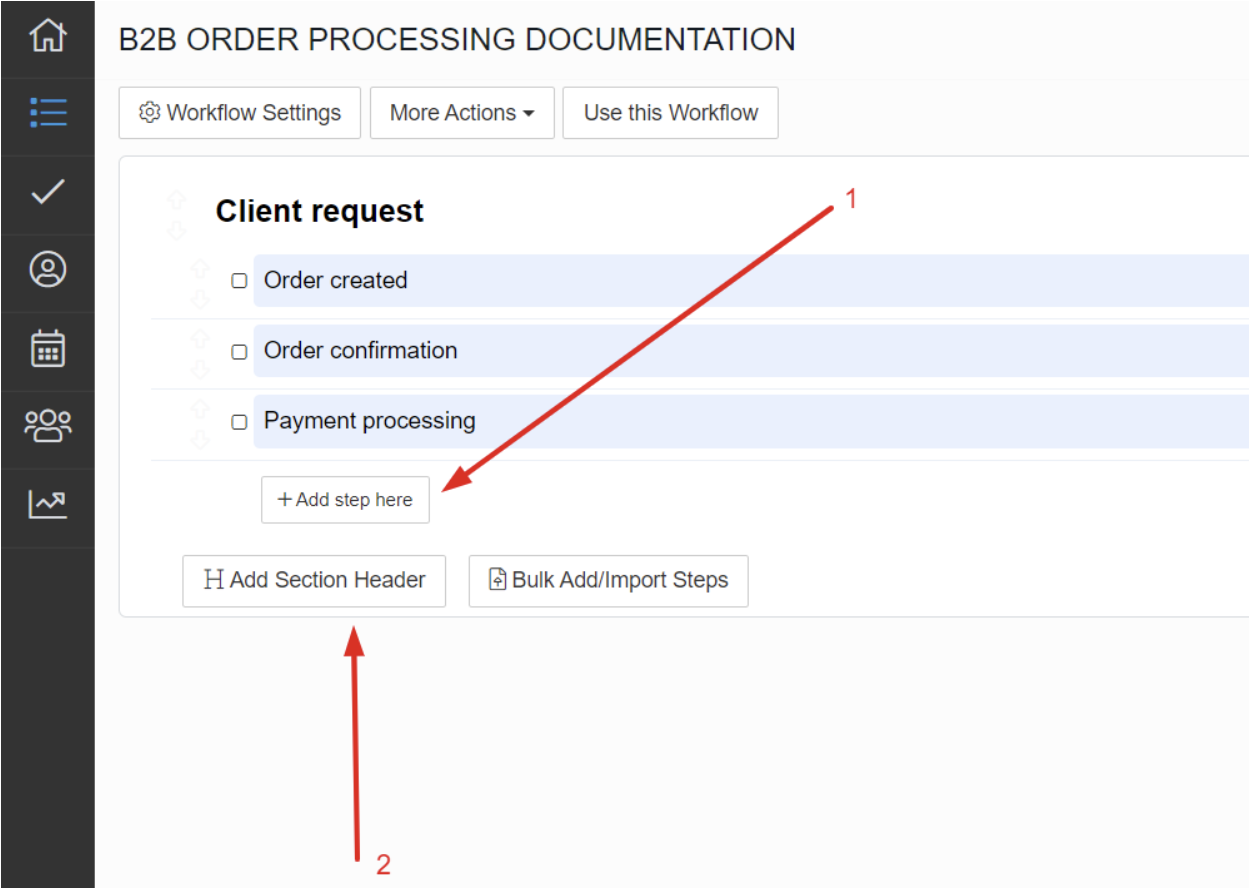
Step 6: Click on the “Use this Workflow” button after all steps have been added to each section header, making it a complete workflow. You can launch this process immediately or select a scheduled date to launch this workflow automatically.
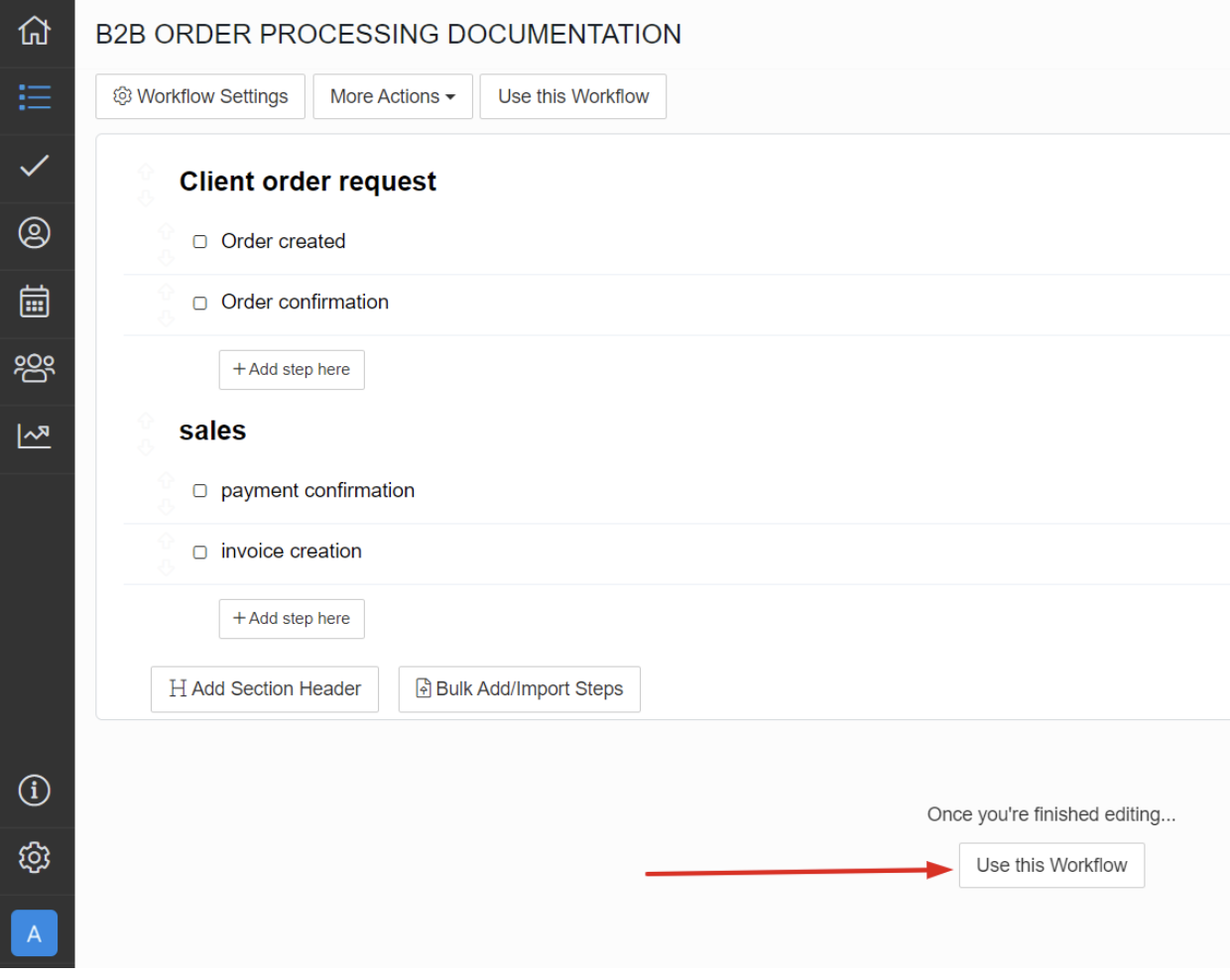
Step 8: Click on the “Create Checklist Run” button to use the workflow created immediately, or select “Schedule Recurring” to set a defined date for the steps to be carried out. Also, from here you can choose which users are to work on a given step.
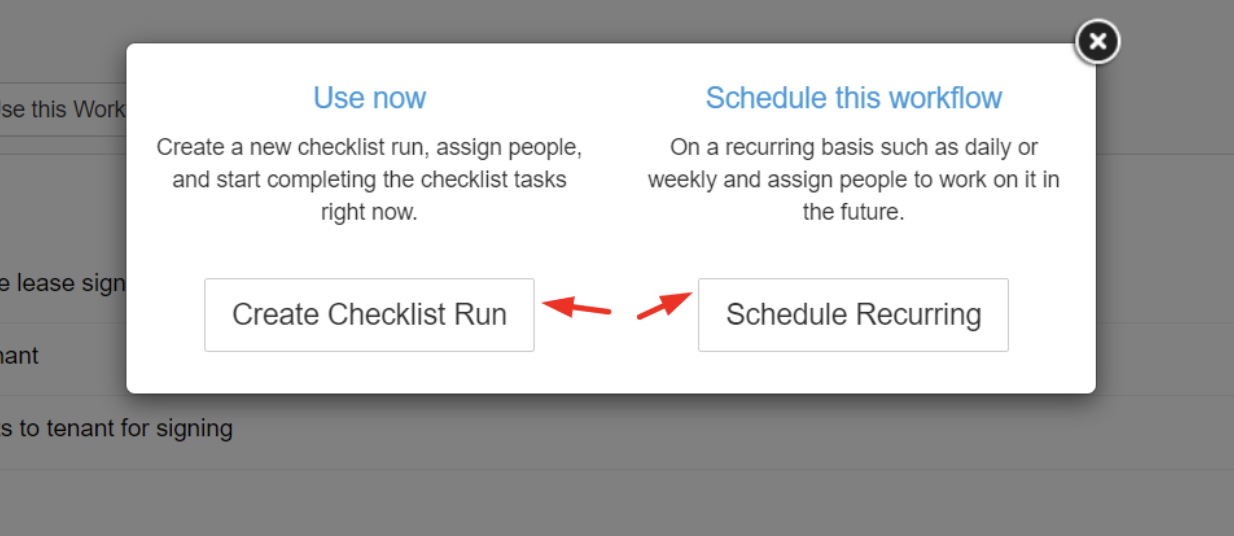
Manifestly vs. SweetProcess: For Task Management
Task management is an organized system of problem identification, setting up a task, monitoring, and organizing a task to be done for an effective outcome.
Let’s see how Manifestly and SweetProcess compare regarding task management.
SweetProcess for Task Management
To manage tasks with SweetProcess, here are the steps you should follow.
Step 1: Once you’ve logged in to your SweetProcess account, click “Tasks.”
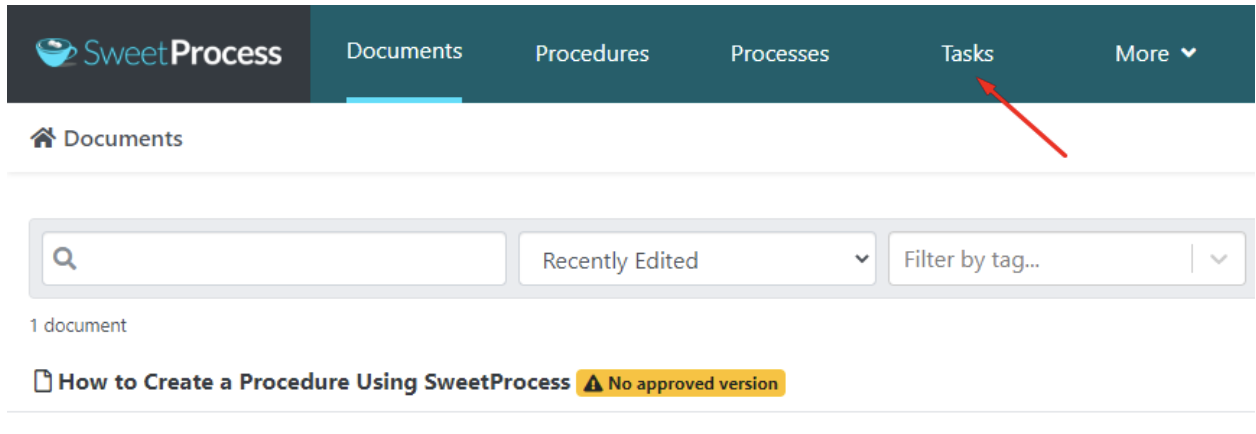
Step 2: Click the “Assign Task” button.
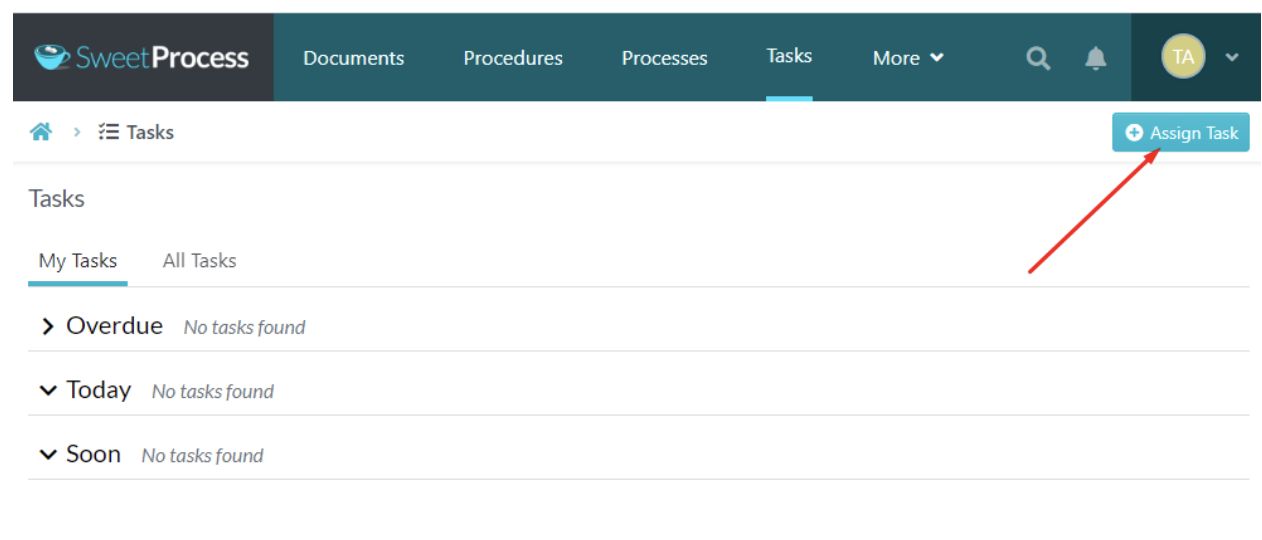
Step 3: Choose from the existing process or procedure, then click “Select Teammate.”
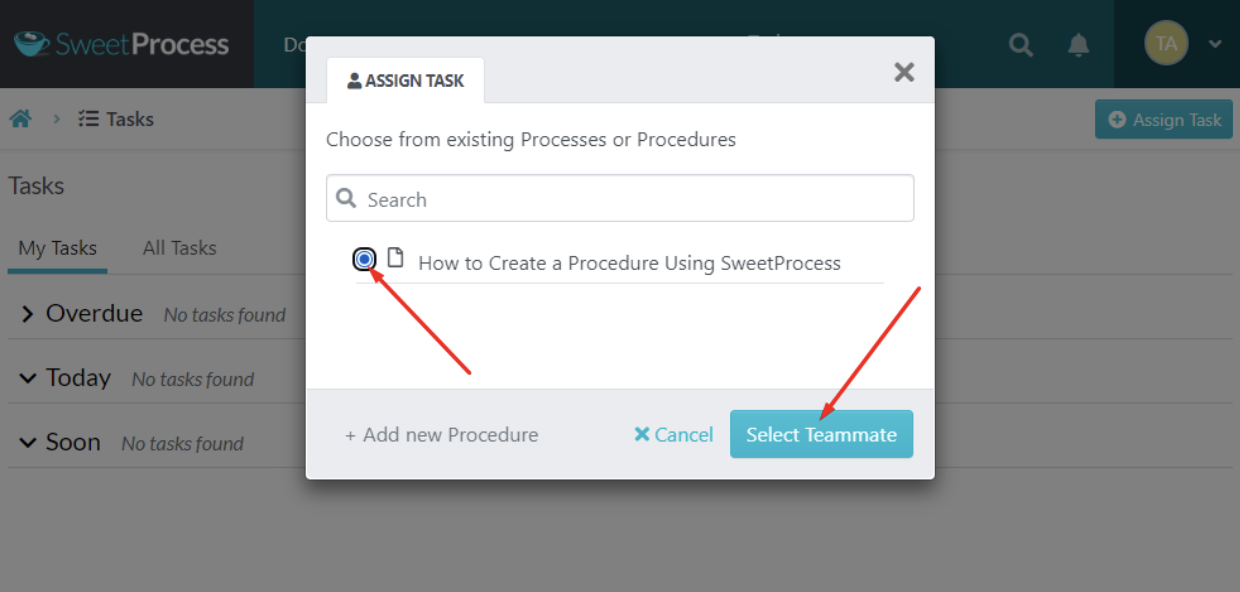
Step 4: Assign to a teammate, create a task name, set the due date and time, choose the frequency of repetition, and finally assign the task.
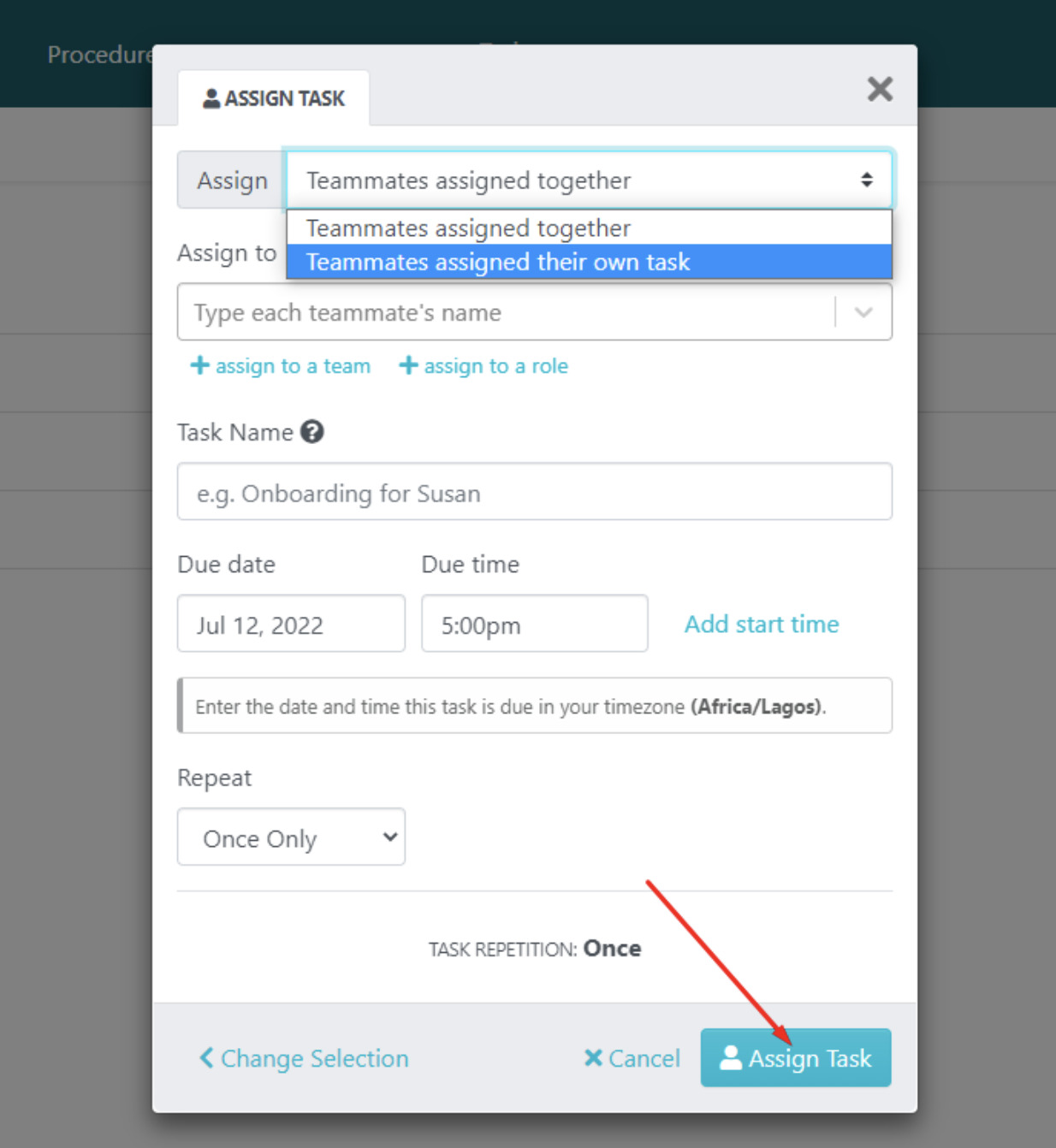
Manifestly for Task Management
To manage tasks with Manifestly, follow these steps.
Step 1: Log in to your account with your registered email, click on the second button on the left-side column of your dashboard, as shown on the screenshot below, to either “Create a Workflow” or “Import a Workflow.”
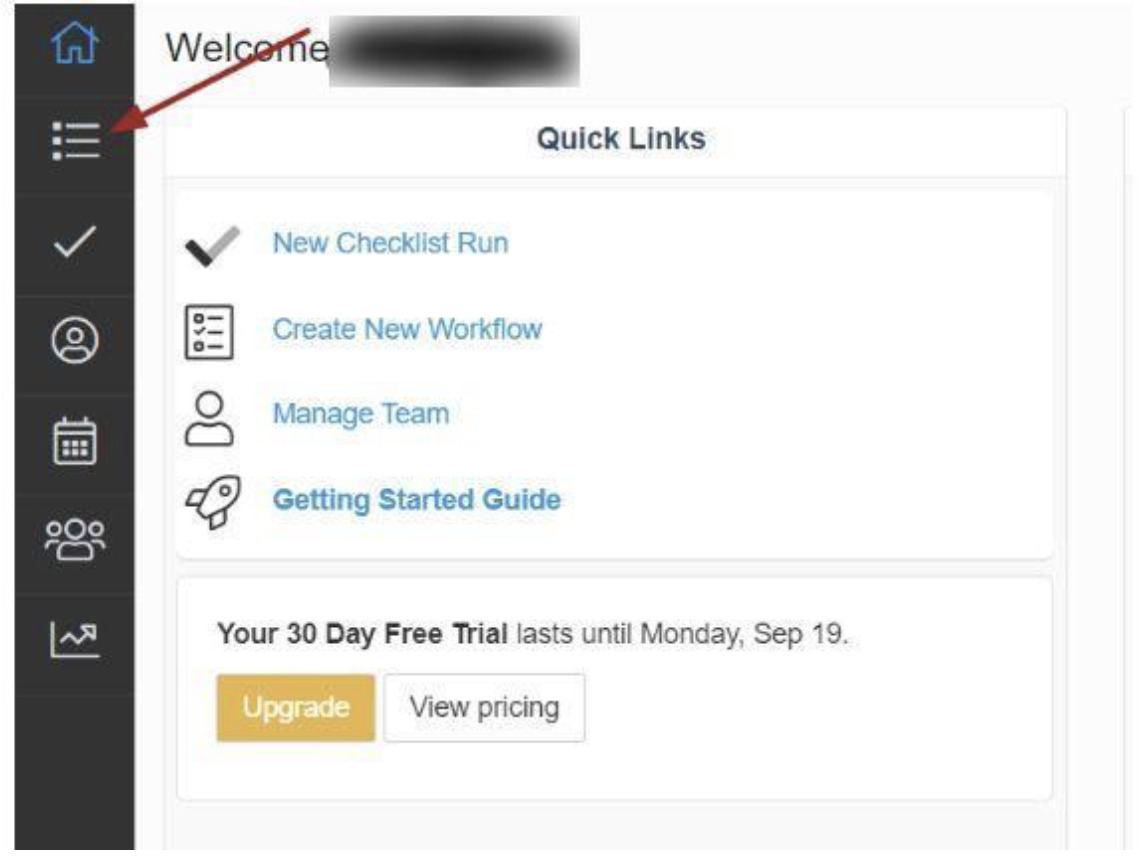
Step 2: Click on “Create New Workflow” to create a new workflow process from scratch, or “Import a Workflow” from an existing workflow process.
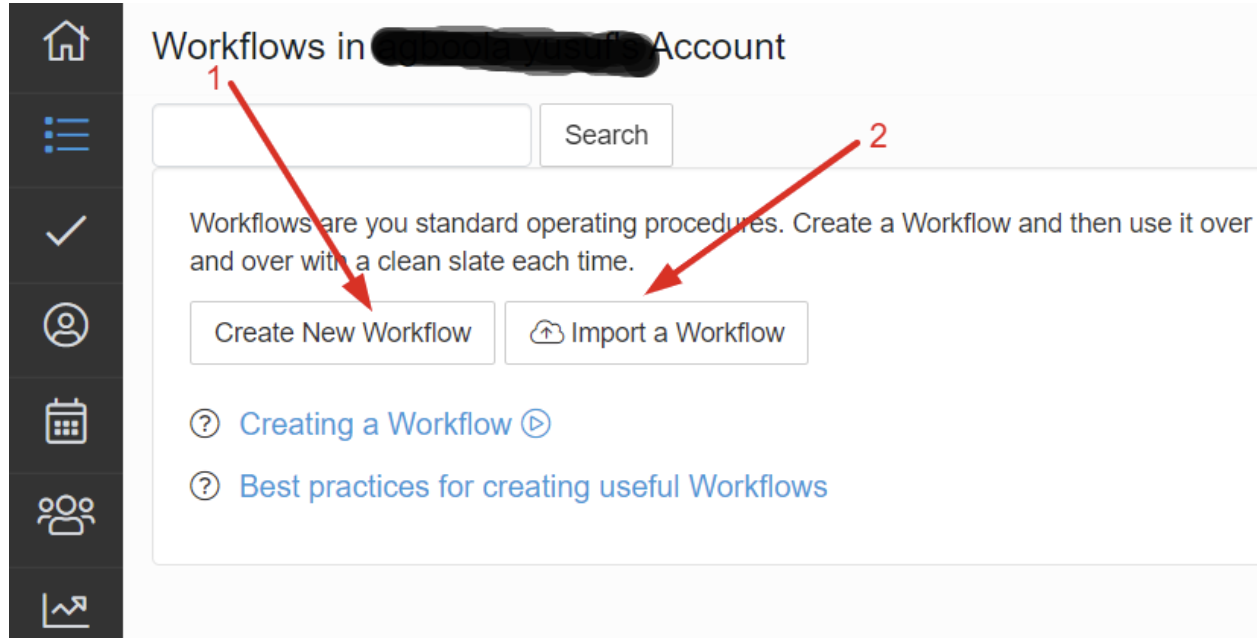
Step 3: Give your workflow a name in the provided box below as directed in the diagram by the arrow. In this case, we named our workflow “Task Management.” Proceed by clicking the “Add Steps” button or press the Enter key on your keyboard to continue.
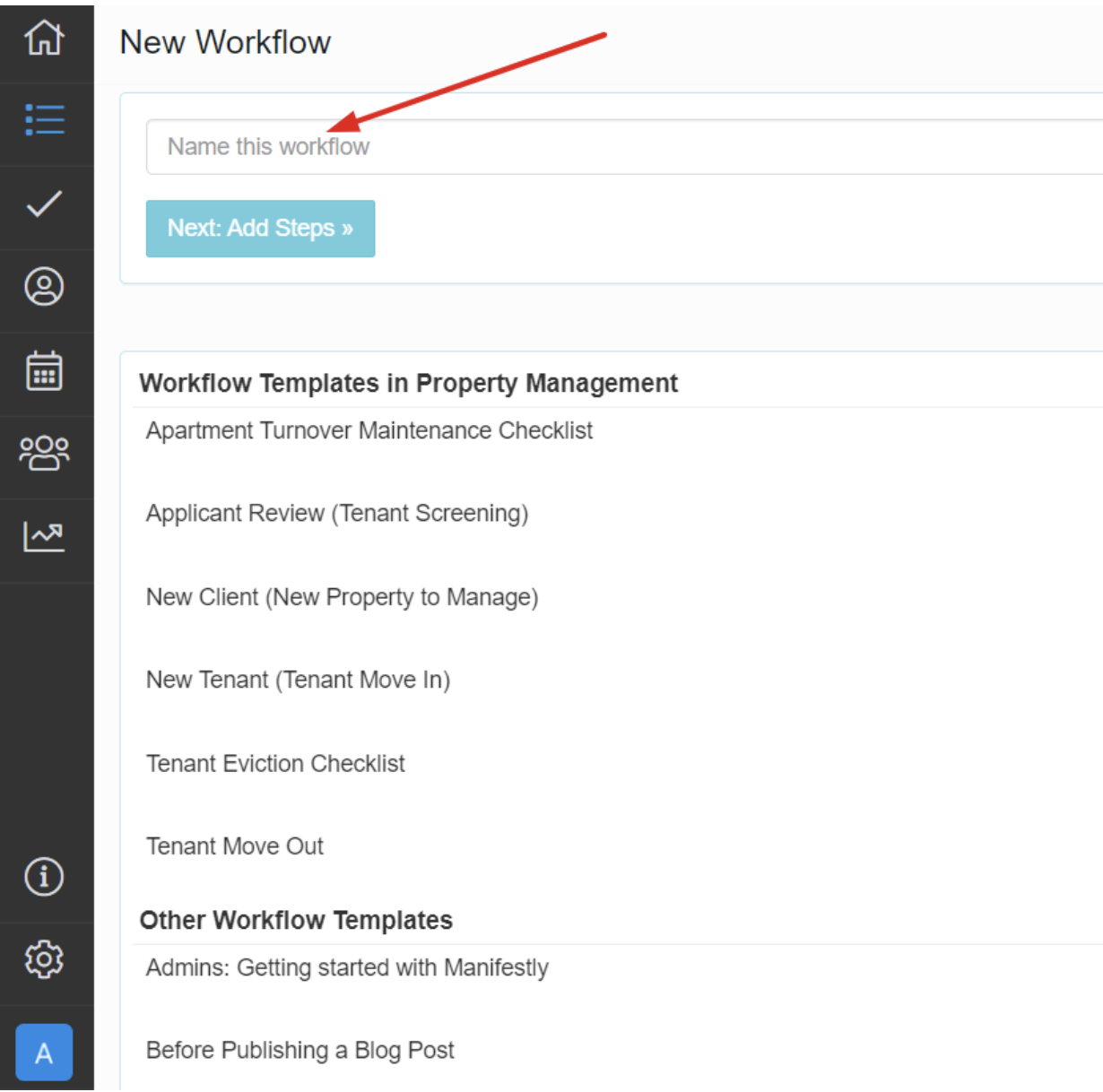
Step 4: Give your first header section a title name (“Task Description”) in the provided box as directed by arrow 1, then click on “Add step here” to begin to add various steps as required for this section indicated in arrow 2, or simply press the Enter key on your keyboard to continue.
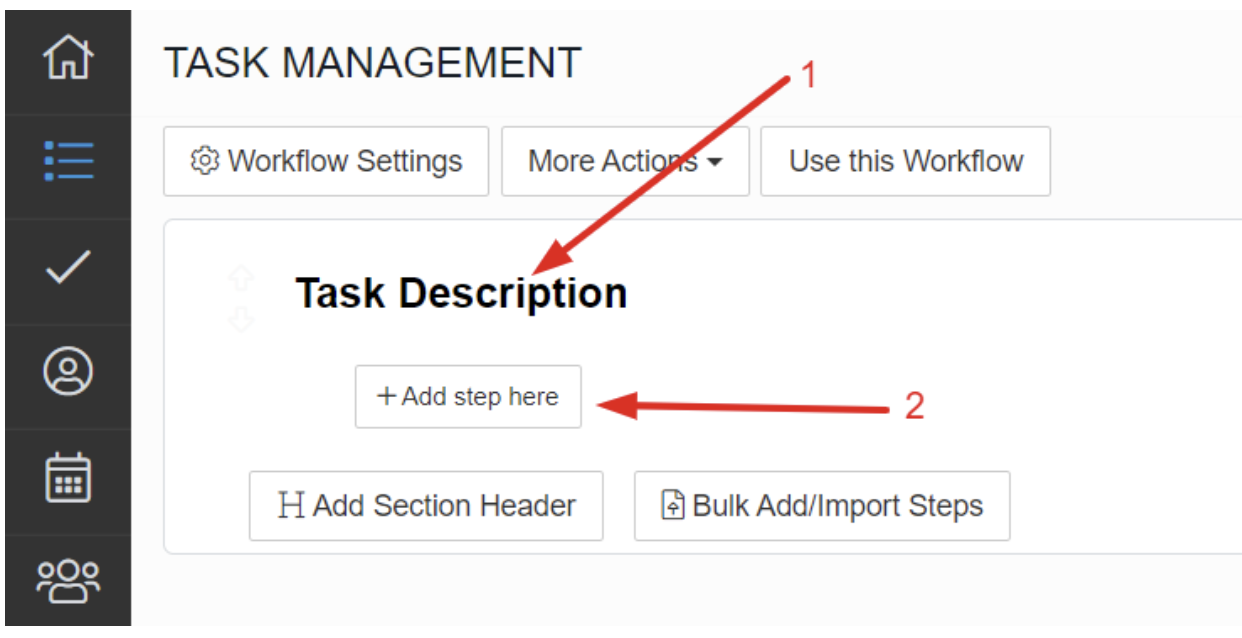
Step 5: Name the step title of your workflow process by typing in the box provided as indicated by the arrow and press Enter to add a step or click on the “Add step here” button below the step title box to add a step.
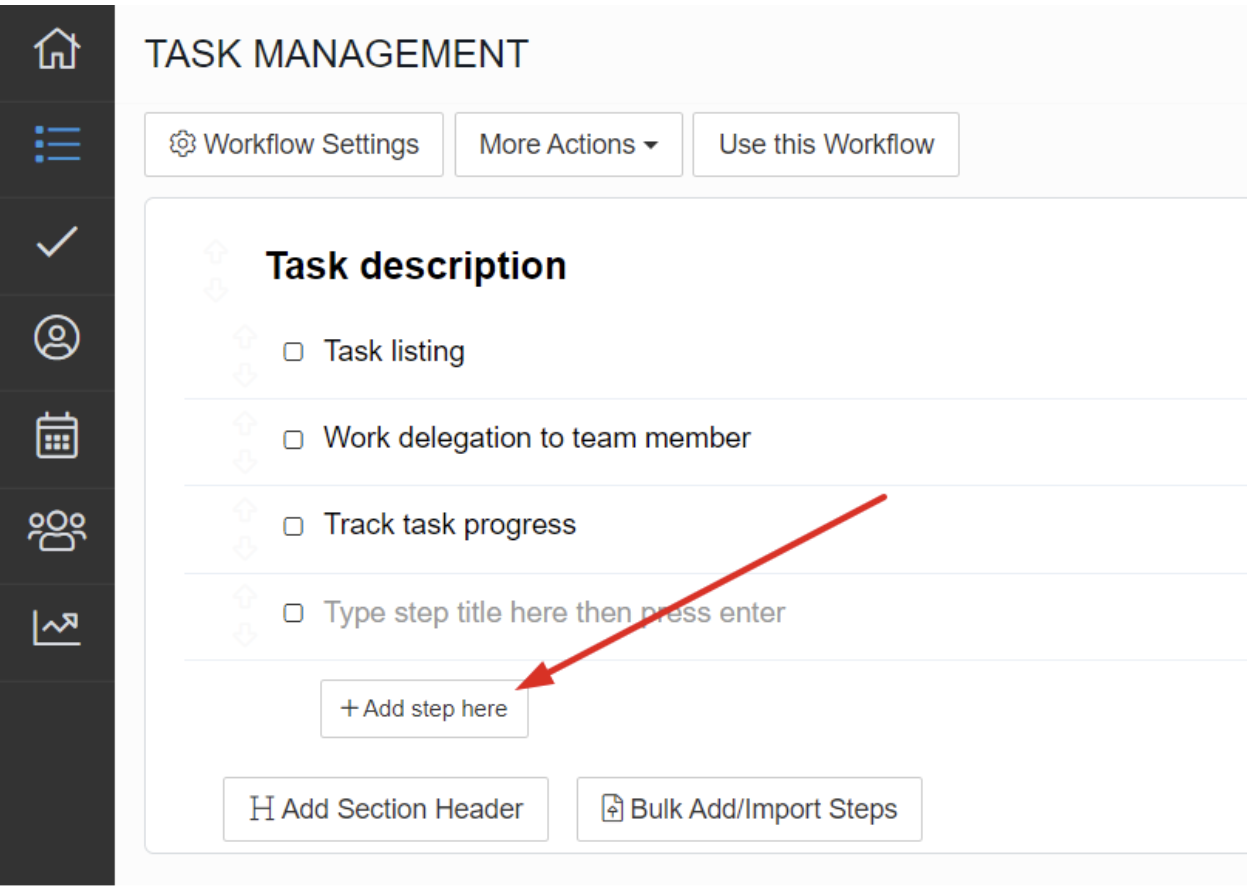
Step 6: Follow arrow 2 by clicking on the “Add Section Header” to add a new section title and give your section header a name. Press Enter to add steps under this section, and continue to repeat this process till you add all steps for this workflow.
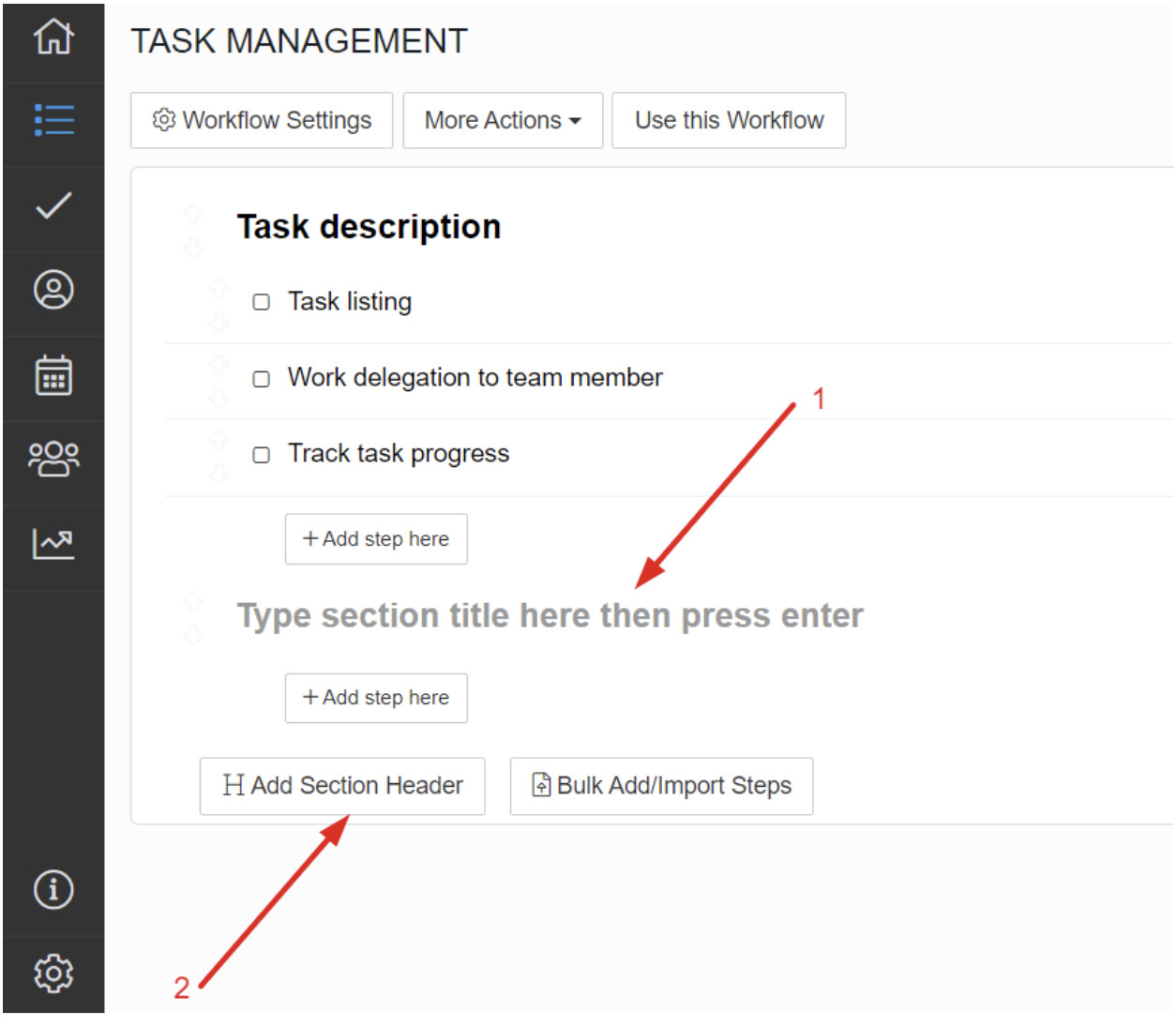
Step 7: Click on the “Use this Workflow” button after all steps have been added to each section header, making it a complete workflow.
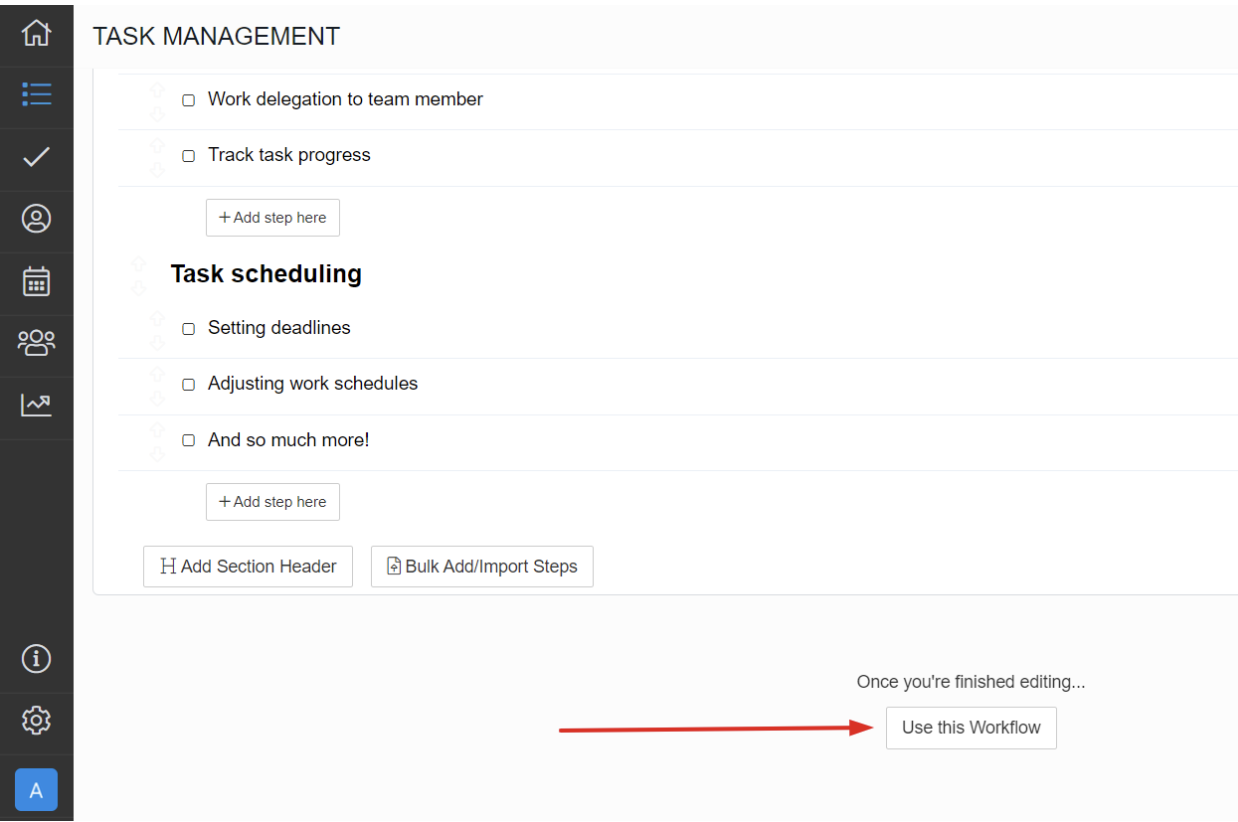
Step 8: Click on the “Create Checklist Run” button to use the workflow created immediately, or select “Schedule Recurring” to set a defined time and date for the steps to be carried out. Also, from here you can choose which users are to work on a specified given step.
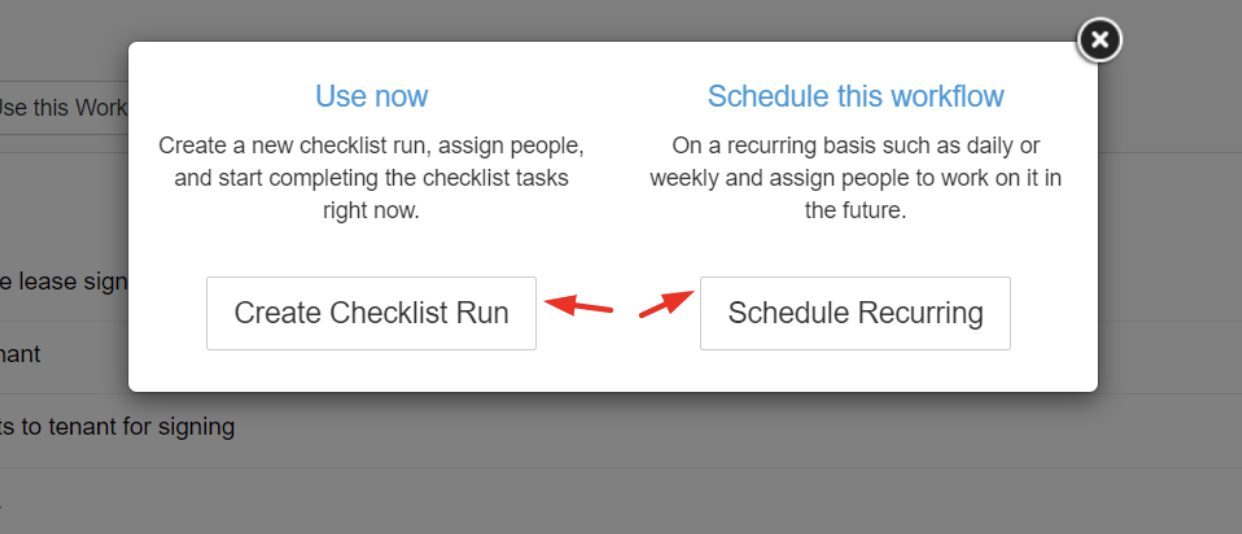
Manifestly and SweetProcess: Which Software Should You Pick?

Aside from its high rating on reputable software review sites, SweetProcess has a standout feature that most documenting tools lack: it’s easy to use.
The platform is easy for beginners to use and understand. Inside the software, you’ll find the helpful instructions you need to get things done. In addition, the interface is simple but effective, and there are no annoying bugs.
Also, SweetProcess has the best solutions for the functions that other software tools share with it. It has the best solutions for managing business processes, tasks, workflows, standard operating procedures, documenting policies, creating knowledge base articles, and getting new employees up to speed.
All of this is clear from the several case studies and reviews that real users in the business world have written about SweetProcess.
When Next7 IT needed an effective workflow system to document their processes, they had no one to run to but SweetProcess. Microsoft Word had proven ineffective for optimal performance and its operations suffered a huge setback.
According to Next7 IT’s president, Don Houk, SweetProcess has not only improved his organization’s operations but has also helped his team deliver great work repeatedly.
SweetProcess provided them with flexibility and accountability, allowing them to see who had executed specific tasks with visible timestamps. With SweetProcess, they could effectively document their internal processes and procedures for delivering products to customers.
Being able to schedule all that out and consistently do that process every time made them more proactive and improved their productivity level.
Manny Cosme, president & CEO of CFO Services Group, also faced documentation problems in his business. His business had reached a point where it could no longer move forward without effective workflow software to document his processes and train his employees more efficiently. Therefore, he took it upon himself to search for the right tool until he stumbled upon SweetProcess.
For a company providing bookkeeping and accounting services, documentation was super essential. The Microsoft Word documents they had been using for documentation were grossly ineffective and this impacted his employees’ performances negatively. However, their business experienced a turnaround the moment they switched to SweetProcess.
SweetProcess literally did everything Manny wanted, from capturing the nuances of each client to transferring knowledge between employees for a standardized workflow. SweetProcess allows you to add video tutorials and checklists, allowing employees to find the information they need to be efficient in their jobs.
The system also allowed them to train new employees within a shorter period (something that was remotely impossible prior) and brought all employees up to speed with operational processes.
Finally, let’s share a few customer success stories.
Brian King, the managing partner at King Law, says that SweetProcess is the only program with which he would start a law firm. Sharing his piece of mind on how he documents his law firm policies and procedures with SweetProcess, he says, “If you have the right procedures and you combine that with the right team, there is nothing that may limit you to how far and wide that you may go.”
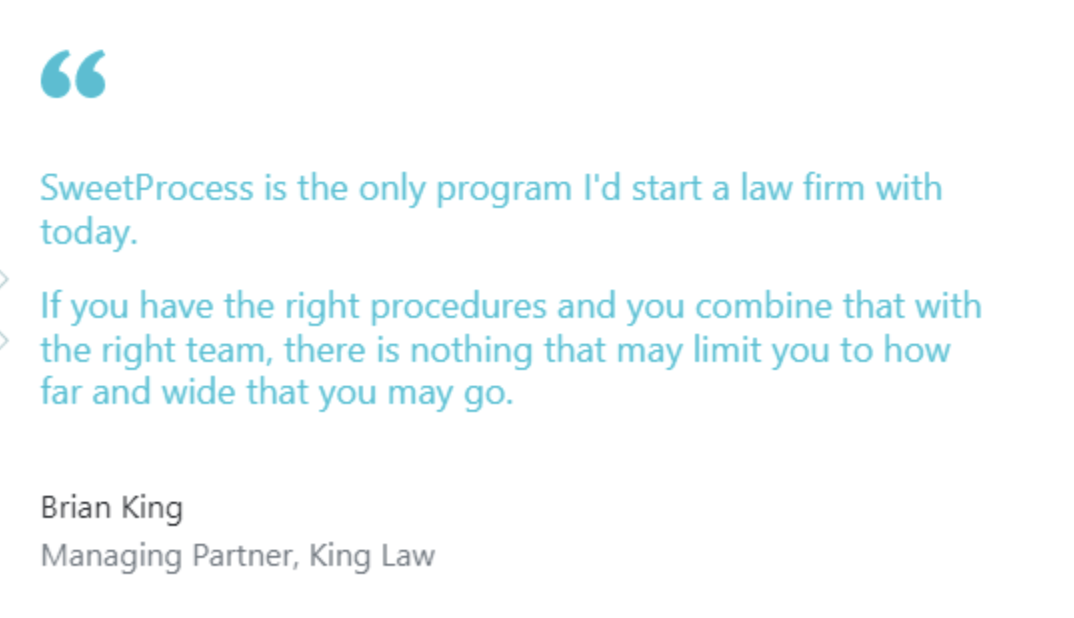
Alli Maris Krastel also thinks that SweetProcess has the best employee onboarding program. She says that “the most mind-blowing positive results are the feedback we hear from new hires we’ve been training.”
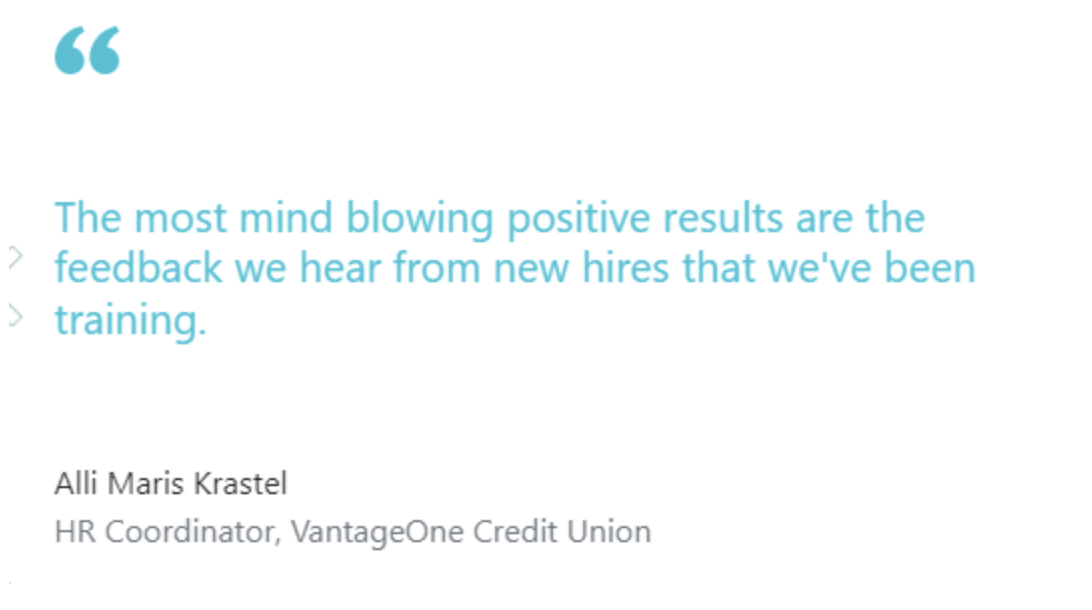
Lastly, to corroborate SweetProcess’s fantastic pricing structure, Megan Tully asserts that SweetProcess is not only cost-effective, but it gives you the ability to scale your business and grow.
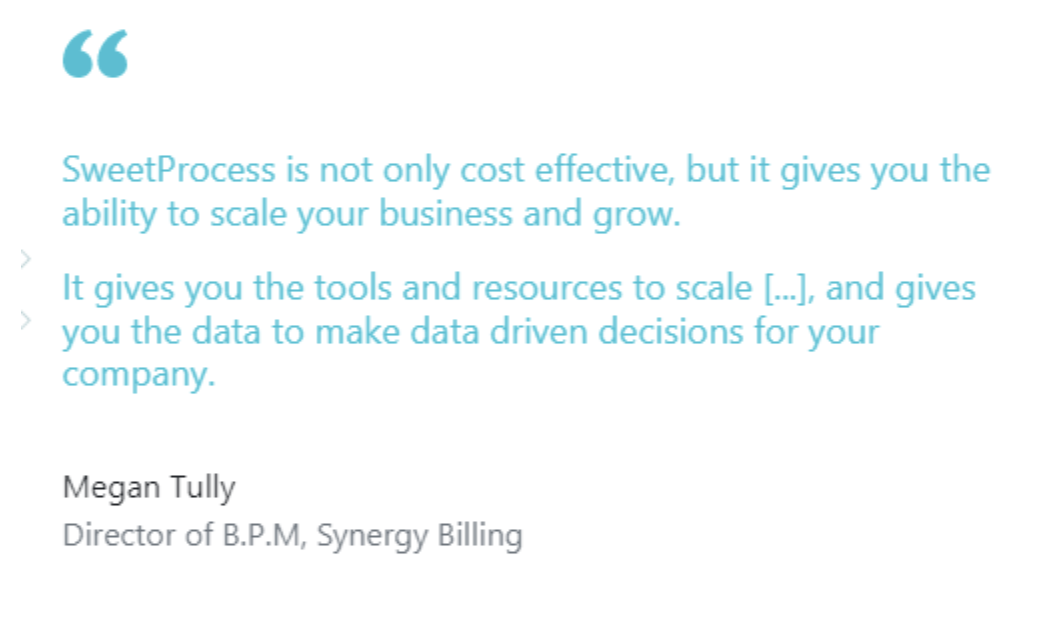
Conclusion
We’ve just compared two of the best tools for documenting your SOPs, processes, and policies. With this in-depth guide, you should be able to draw a conclusion that fits your current circumstances.
We recommend SweetProcess for its intuitive nature, amazing functionalities, fair pricing structure, awesome aesthetics, and overall impressive user experience.
Would you like to try out SweetProcess for documenting standard operating procedures? You don’t need a credit card to get started. Start a free 14-day trial right away.
